How to Choose the Perfect Saddle for Your Riding Style
Mar 13, 2025 | Super Equestrian
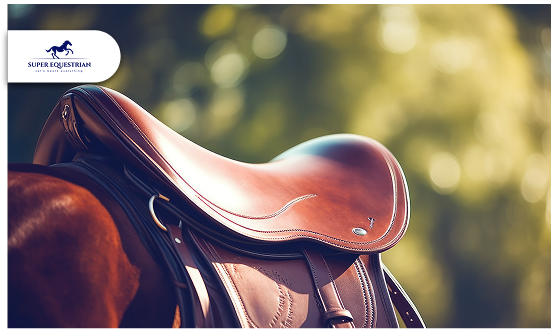
Do you ever notice how nobody talks about saddles? Everyone talks about the horse—“Oh, what a beautiful horse!”—but nobody ever says, “Wow, look at that saddle!” And yet, if you pick the wrong one, suddenly everyone notices. Your horse notices. Your lower back notices. And by the time you’re halfway through the ride, you’re thinking, “Yeah, maybe this wasn’t such a great idea.”
See, the saddle is kind of like a middleman—it’s not the star of the show, but if it’s not doing its job, oh boy, you’re in for a bad time. So how do you find the right one? Well, that’s what we’re here to figure out.
(I) Choosing the Perfect Saddle for Your Riding Style
A well-fitted saddle keeps your horse happy, pain-free, and performing at its best. Because, if your horse isn’t happy, neither are you.
English Saddles: Dressage, Jumping, and All-Purpose Riders
Not all English saddles are the same, just like not all superheroes wear capes. Some are built for precision, some for airtime, and some for riders who want a little bit of everything. So, which one suits your riding style?
Dressage Saddles: The “Posture Coach” of Saddles
If saddles had personalities, the dressage saddle would be that strict ballet instructor who demands perfect posture. Deep seat? Check. Straight flaps? Absolutely. This saddle locks you into an upright position like you’re auditioning for Swan Lake—except, instead of pirouettes, you’re guiding your horse through graceful movements.
Why? Because dressage is all about precision, balance, and communication. The longer, straight-cut flaps let your legs hang long, encouraging those elegant dressage cues. Think of it as the saddle version of a tailored tuxedo: formal, refined, and designed to make you look extra fancy.
Jumping Saddles: The “Parkour Expert”
Ever watched a showjumper soar over fences like an equestrian Spider-Man? That’s where the jumping saddle comes in. Unlike the dressage saddle, this one has a shallow seat and forward-cut flaps, allowing your legs to move into a two-point position (aka the “hover mode” over jumps).
The flatter seat means you’re not locked in, which is exactly what you want when flying over obstacles. This saddle gives you the freedom to move, adjust, and stick to the landing (hopefully).
All-Purpose Saddles – The “Swiss Army Knife” of Saddles
Can’t decide between dressage and jumping? All-purpose saddles are for riders who want a little bit of both. They’re like the multi-tool of the saddle world—not the best at any one thing, but solid enough for casual riding, light jumping, and basic dressage work.
The seat is moderately deep (so you don’t slide around too much), and the flaps are somewhere between straight and forward-cut (so you’re not fighting your saddle to do different activities). If you’re the kind of rider who dabbles in everything, this might just be your one-saddle-to-rule-them-all.
2) Western Saddles: Built to Go the Distance or Get the Job Done
%20Western%20Saddles_%20Built%20to%20Go%20the%20Distance%20or%20Get%20the%20Job%20Done.jpg)
Western saddles aren’t just about style—they’re designed for serious riding. Whether you're conquering miles or chasing down cattle, picking the right one makes all the difference.
Trail Saddles
Long rides demand serious comfort. Extra padding, a deep seat, and knee-friendly stirrups mean you’re not waddling like a cowboy in an old Western after-hours in the saddle. Some even come with built-in saddle bags because snacks and survival gear matter when you're miles from civilization. If you’re a rider who wants to cruise through nature without a care, this saddle is your best friend.
Roping Saddles
Stopping a runaway steer? This tank of a saddle keeps you locked in when things get wild. Reinforced tree, deep seat, and a horn that takes the heat.Because when you lasso a steer, your saddle needs to hold steady and take the strain.
Low cantle for quick dismounts. Stirrups are set for maximum stability. No sliding, no losing balance, just full control. Ranch work, rodeo runs, or just proving you could wrangle a cow if you had to—this saddle’s got you.More For You: Ranch Cutter vs Cowhorse Saddle
3) Specialty Saddles: Built for the Bold and the Fast
Some saddles are designed for riders with a purpose. These saddles mean business whether you're going the distance or chasing the clock.
Endurance Saddles
Long rides demand lightweight, no-frills performance. No heavy leather weighing you down, no unnecessary extras—just a sleek, efficient design that keeps both you and your horse comfortable for hours. Extra padding, shock-absorbing stirrups, and well-placed rigging reduce strain so you can focus on the ride, not your aching joints.
Think of it as the Nike Vaporfly of saddles—engineered for stamina, speed, and serious distance. If your idea of a perfect day is covering miles of open terrain without stopping, this is the saddle that keeps up.
Barrel Racing Saddles
A barrel racing saddle is built like a Formula 1 car—tight, agile, and designed to take sharp turns at breakneck speed. Deep seat for maximum grip, high cantle for stability, and short skirts so your horse can move freely.
The stirrups? Set for instant repositioning, so you can stay balanced while your horse cuts corners like it’s on rails. In this game, one second is the difference between winning and watching from the sidelines.
(II) Saddle Fit: For Horses and Riders of All Styles
%20Saddle%20Fit_%20For%20Horses%20and%20Riders%20of%20All%20Styles.jpg)
A poorly fitted saddle is like wearing uncomfortable, restrictive, and guaranteed to cause problems. If your horse could talk, it would probably tell you to take that torture device off its back. Since it can’t, you’ll have to rely on Fit Essentials to get it right.
Horse Fit Essentials
- Gullet Width & Tree Size: The Backbone of Comfort:
Too narrow? Your horse feels like it's being squeezed into skinny jeans. Too wide? The saddle wobbles like a loose shopping cart wheel. The gullet and tree need to be just right—wide enough to allow movement but snug enough to distribute weight evenly.
- Withers Clearance: Because Spines Matter:
A saddle that presses on the withers is the fast track to pain and performance issues. There should be enough clearance to slide a few fingers between the withers and the saddle—but not so much that it looks like your saddle is floating.
- Red Flags: When Your Horse is Crying for Help:
If your horse is pinning its ears, swishing its tail like it’s directing traffic, or suddenly acting like a rodeo bronco, your saddle fit is suspect. Other signs? Uneven sweat marks, white hairs (a sign of prolonged pressure), and sore spots. If your horse starts avoiding the saddle like a cat avoiding water, it’s time to rethink the fit.
Rider Fit
The right saddle fit isn’t just about your horse, you need to be comfortable too. Here’s how to find the sweet spot.
No Universal Fit: Finding Your Ideal Seat Size
Your saddle seat should fit like your favorite chair. Roomy enough to sit comfortably but snug enough to keep you secure. A too-small seat forces you into an awkward perch, while an oversized one leaves you struggling for balance. Rule of thumb? You should have about a hand’s width between your backside and the cantle.
Flap Length & Knee Rolls: Your Built-In Support System
Your leg position matters. If the flaps are too short or long, you’ll either feel cramped or stretched out like a yogi in the wrong pose. Knee rolls help with stability, but placement is key—too high or too low, and they might as well not be there.
Comfort vs. Control: Find the Balance Before You Buy
Test rides aren’t optional. What feels great in the tack shop might feel like a medieval torture device after ten minutes of riding. Move around, check your balance, and see if you feel secure. If you’re constantly adjusting or gripping for dear life, it’s not the one.
(IV) What Features to Look for in a Saddle?
%20What%20Features%20to%20Look%20for%20in%20a%20Saddle_.jpg)
Not all saddles are created equal, and picking the right one comes down to more than just looks.
1) Material matters: Durability, comfort, and cleaning up after a ride.
Leather Saddles: The Timeless Classic
If saddles had a luxury tier, leather would be the VIP section. It’s durable, molds to your shape over time, and just looks better with age. With proper care, a quality leather saddle can last decades. Downside? It needs TLC. Regular conditioning keeps it from drying out and cracking, so if you're not up for some leather love, this might not be your best bet.
Synthetic Saddles: The Practical Workhorse
Lighter, cheaper, and with zero drama when it comes to maintenance. Synthetic saddles are for riders who want function over fuss. They’re made from materials like synthetic suede or high-tech polymers, making them water-resistant and easy to clean. If you’re riding in wet or muddy conditions, this is the saddle that won’t punish you for it. Downsides? They don’t break in like leather, and they lack that classic, rich look. But if you value low maintenance over aesthetics, they’re a solid choice.
2) Adjustability & Extras
- Interchangeable Gullets & Panel Adjustments: Some saddles offer interchangeable gullets, so you can adjust the width to match your horse’s shape. Changing out the gullet means you’re never stuck with a poor fit. Panel adjustments? They let you tweak padding to ensure your horse gets just the right pressure distribution.
- Extra Padding & Support Features: For serious riders, saddles come with targeted padding for specific needs. Extra knee rolls for jumpers, shock-absorbing foam for endurance rides, or back pads to keep things cushioned for the long haul. Purpose-built extras ensure you have exactly what you need to crush your ride.
Recent Blogs
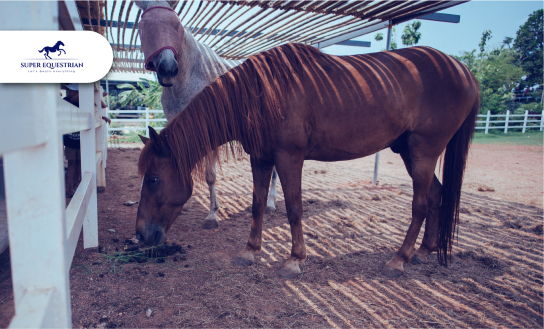
Common Equine Diseases and How ...
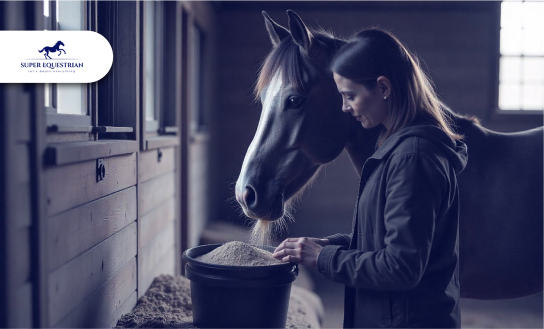
Equine Health Supplements: What Every ...
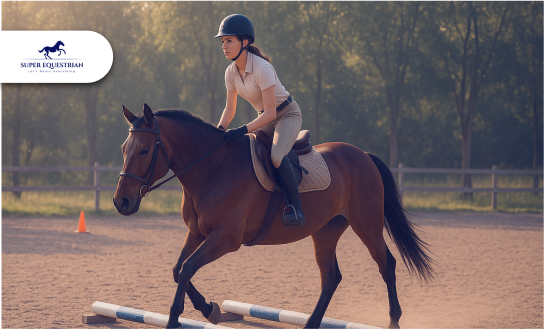
Jumping Basics: How to Prepare ...
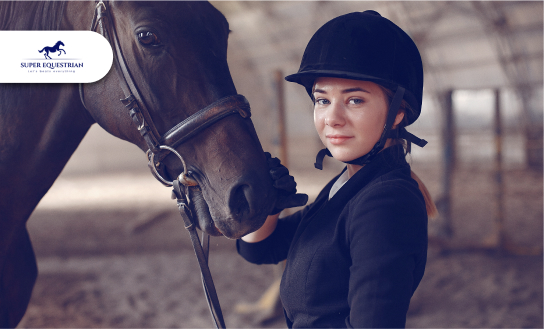
Essential Horse Riding Gear for ...
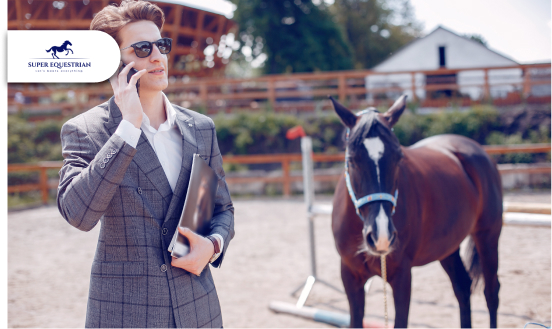
How to Balance Work, Life, ...

How to Balance Work, Life, ...
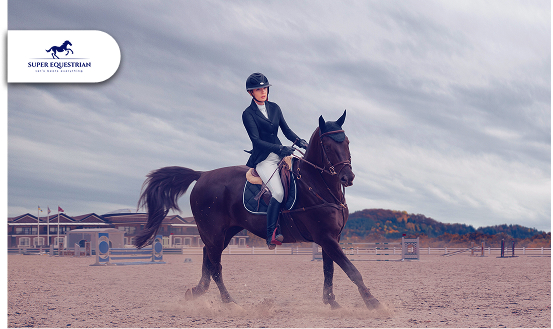
Top 5 Exercises to Improve ...

How to Build Confidence as ...
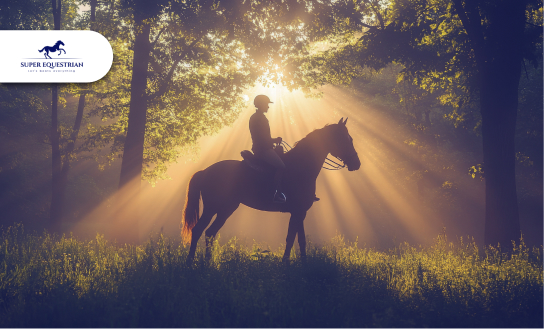
Spotlight on Equestrian Legends: Riders ...

Horse Auctions and Sales...

Top Horse Friendly Travel Destinations ...

How to Build Stronger Bonds ...

Upcoming Horse Shows and Competitions ...
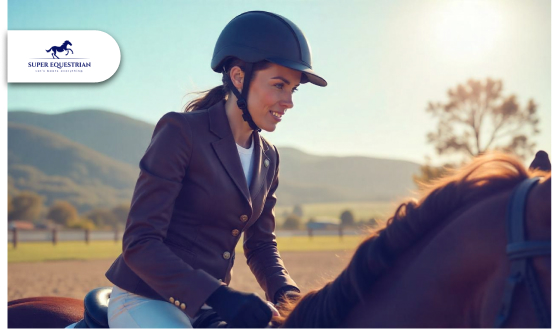
MIPS Equestrian Helmet The Future ...
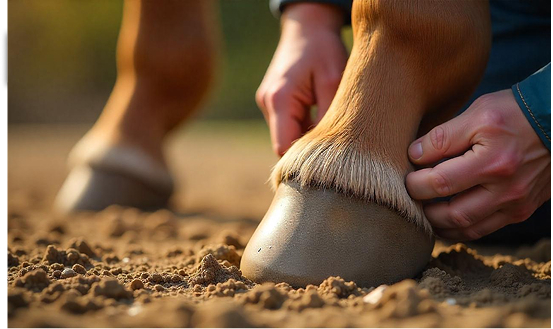
How to Recognize and Treat ...

How to Choose the Perfect ...
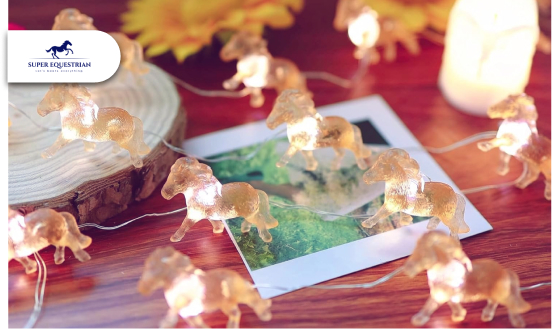
Horse-Themed Gifts Unique Ideas ...
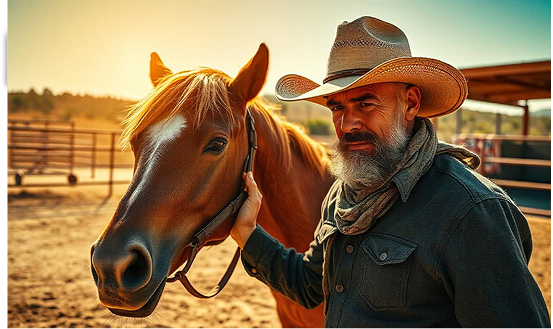
Horse Training Techniques: Creating A ...
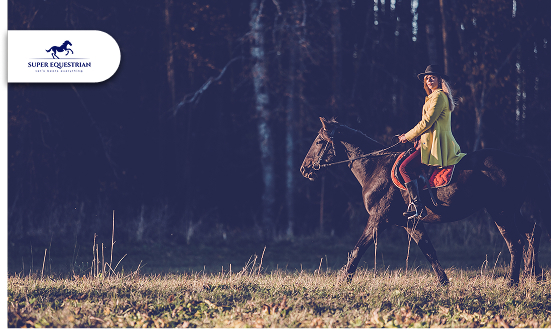
Horseback Riding Lessons – Everything You ...
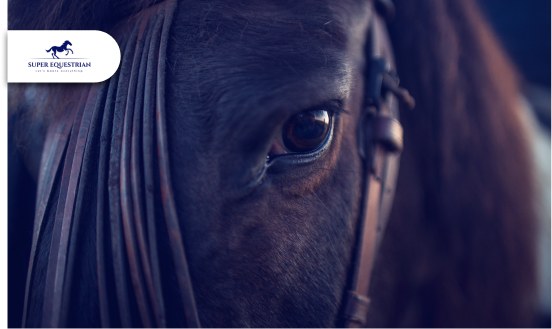
Horse Photography Tips: Learn the ...
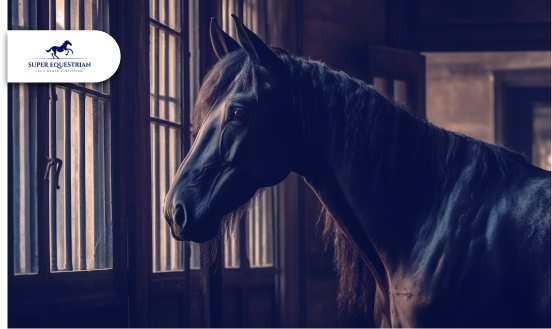
Horse Stable Management: The Quiet ...
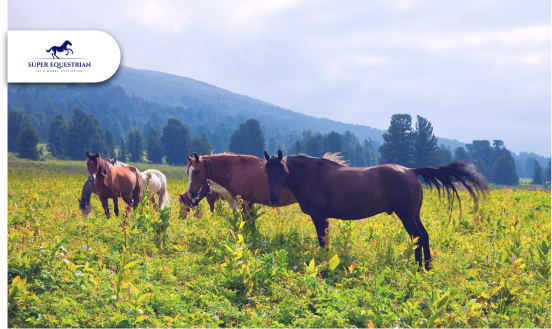
Horse Rescue Organizations: A Profound ...
Horse Racing Events A Look ...
Best Horse Manure Fork Six ...
What Are The Rarest Horses ...
What Does It Mean When ...
Horse Insurance Providers This Is ...

Horse Behaviour and Psychology: Learn ...

How Much Does a Horse ...
.jpg)
Best Monoflap Saddles For Your ...
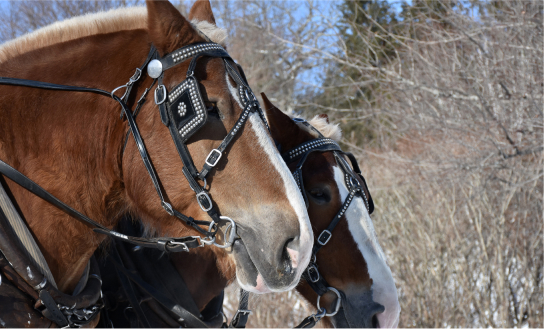
Best Hackamore For Barrel Racing...
.jpg)
Best Barrel Racing Reins Top ...
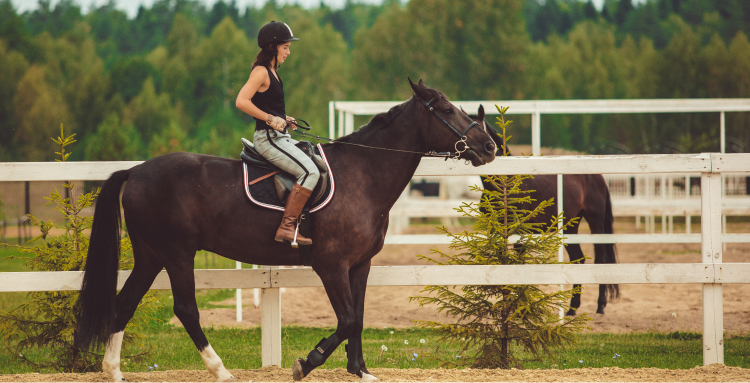
Horse Anatomy And Physiology: Facts ...
.jpg)
Best Stirrups For Ankle Pain - ...
.jpg)
Horse Care Tips and Tricks: ...
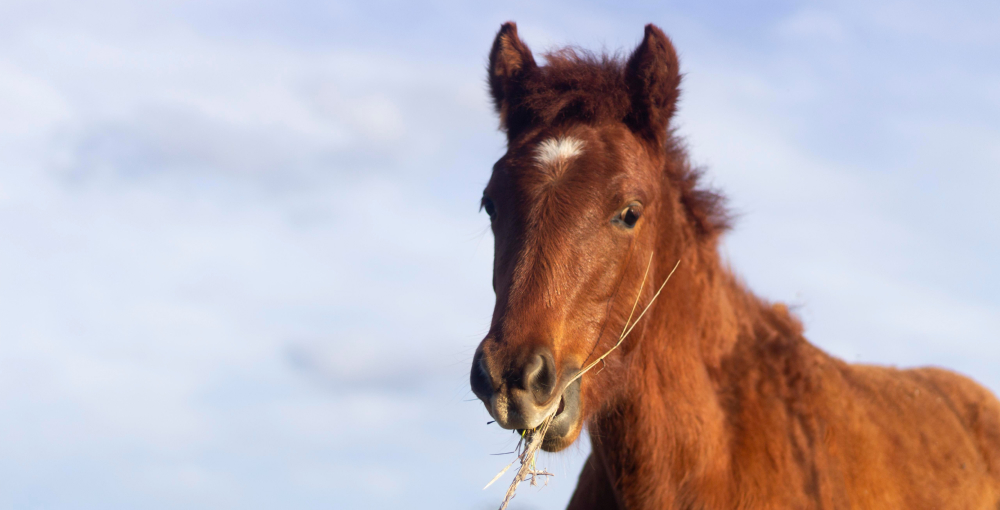
What Do Wild Horses Eat- ...
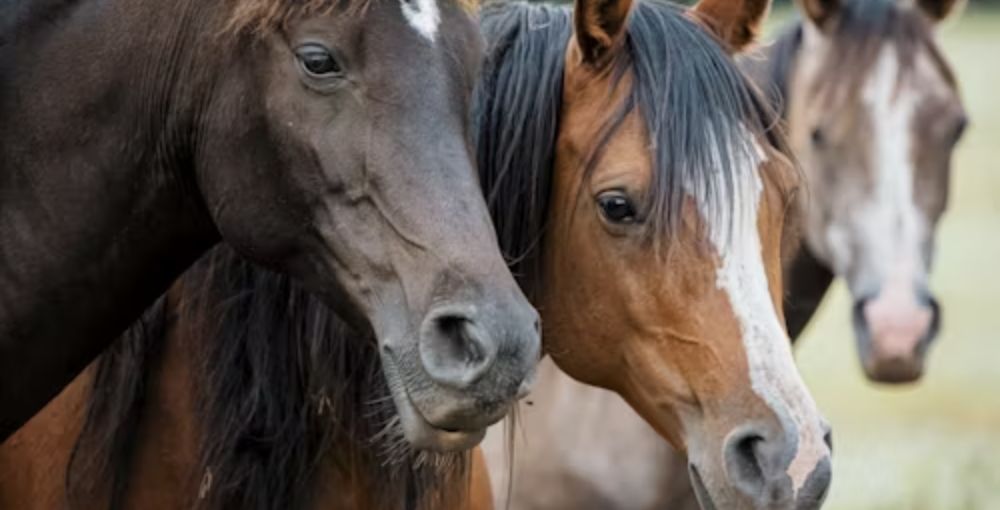
Horse Breeds and Characteristics: How ...
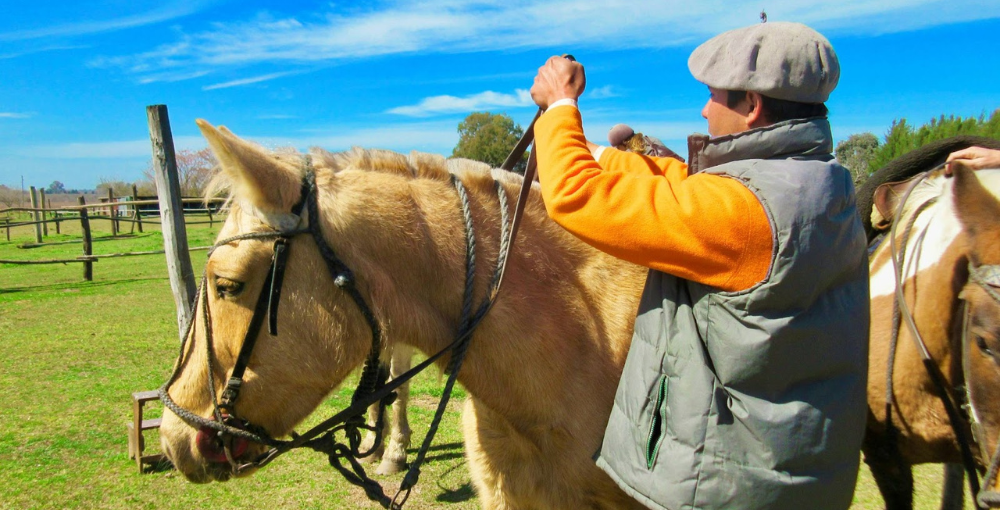
Best Barrel Racing Reins - Top ...

Horse Breeds and Characteristics: How ...

Best Breeches For Curvy Riders...
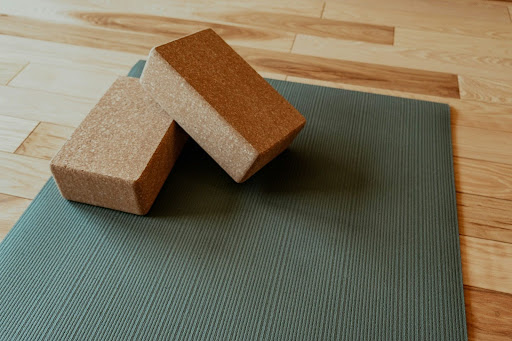
Best Stall Mats For Horses - ...

Best Horse Brushes ( A Thread ...

Best Saddle Rack ( Keep Your ...

Best Bit For Training a ...
.jpg)
10 Morgan Horse Show Held ...
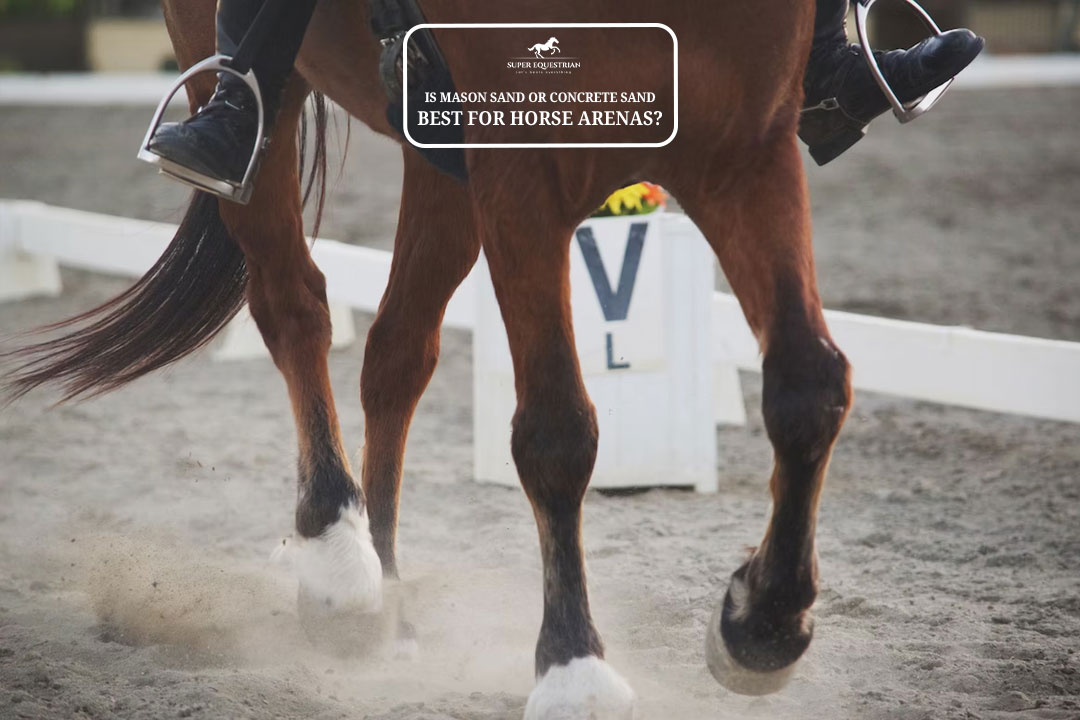
Is Mason Sand Or Concrete ...
.jpg)
Best Girth For Your Horse ...
.jpg)
Ranch Cutter vs Cowhorse Saddle? ...
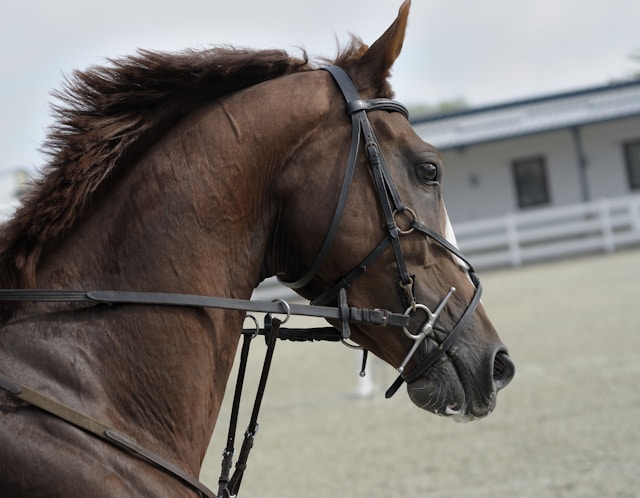
Types of Horse Bit and ...
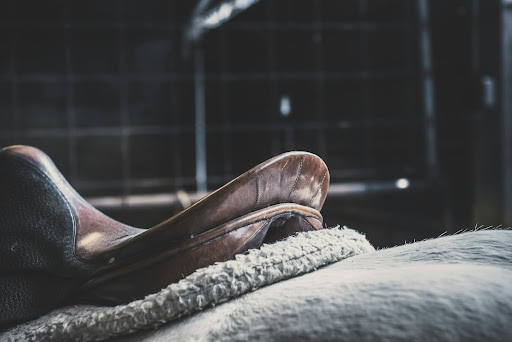
Is Hilason a Good Saddle ...
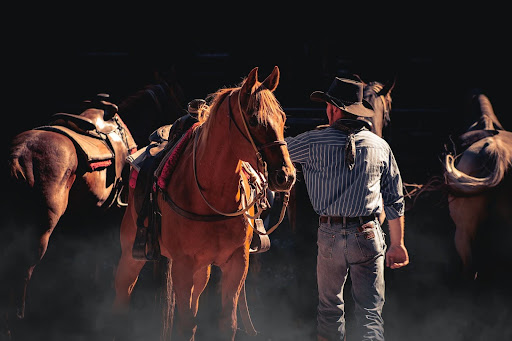
How to choose a bit ...
.jpg)
Best Salt Blocks For Horses...
.jpg)
Types of Horse Brushes (Equine ...
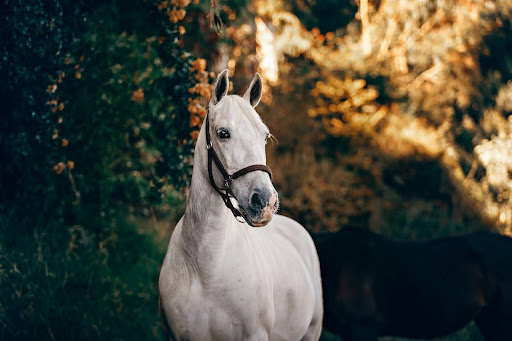
How To Get a Horse ...
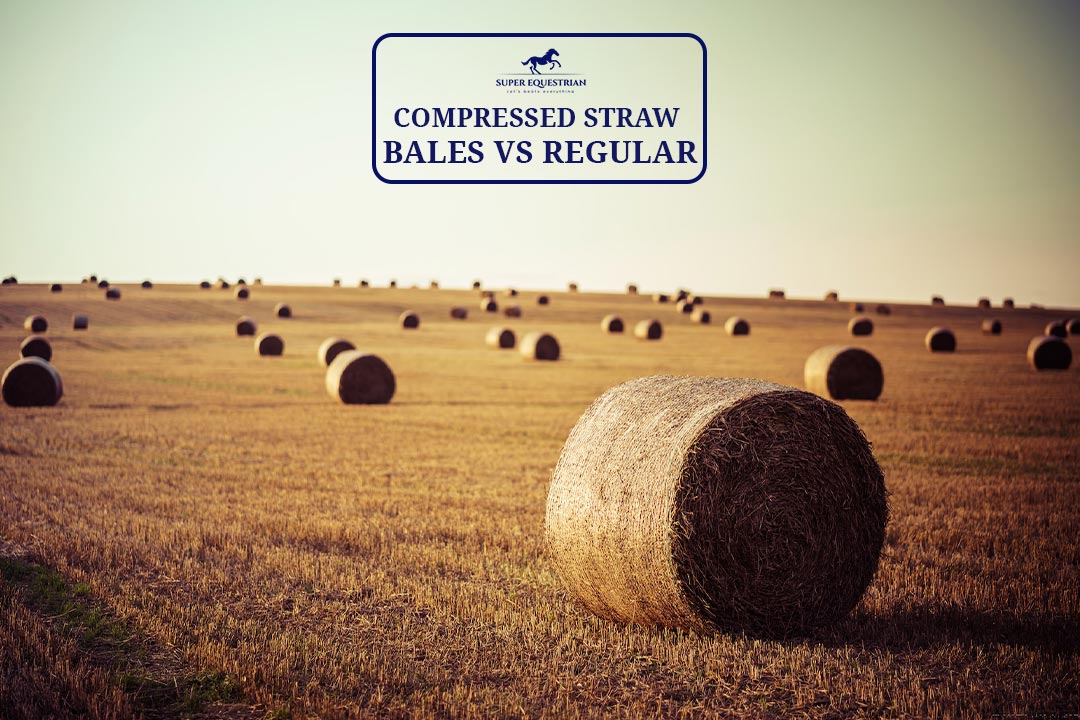
Compressed Straw Bales Vs Regular? ...
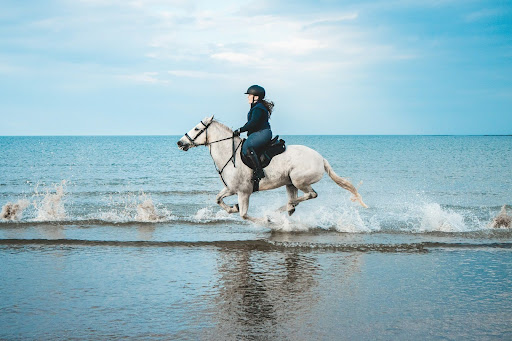
Horse Riding Lessons For Intermediate ...
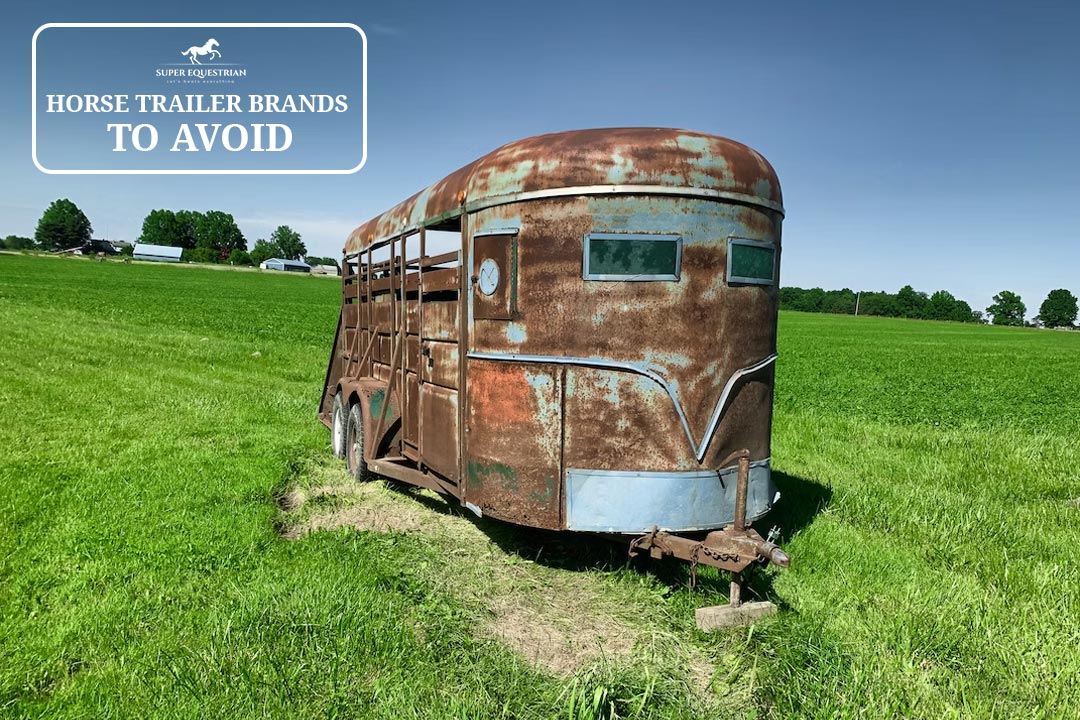
Horse Trailer Brands To Avoid...

Strawberry Roan vs Red Roan? ...
.jpg)
Gelding vs Stallion...
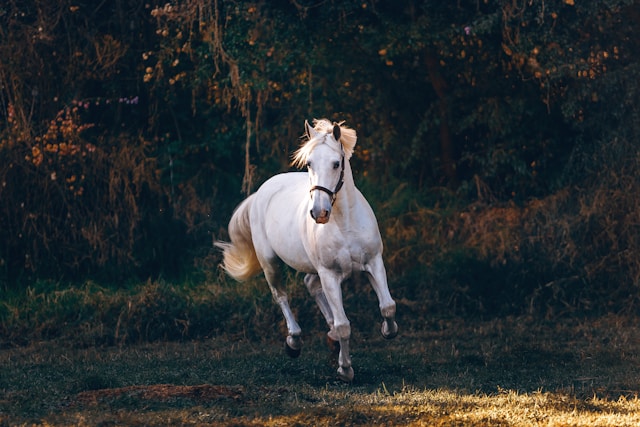
Why Does a Horse Whinny? ...
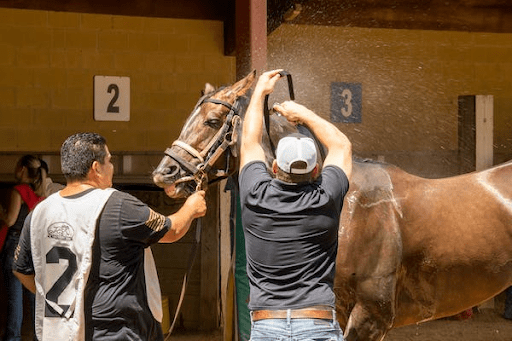
How to Clean a Rusty ...

Why Do Horses Foam at ...

Why Do Horses Bob Their ...

Nutrition Unveiled: Triple Crown Senior ...
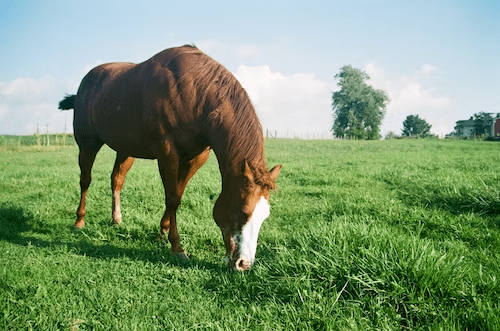
Pasture Pro Vs. Grazon: Horse-...
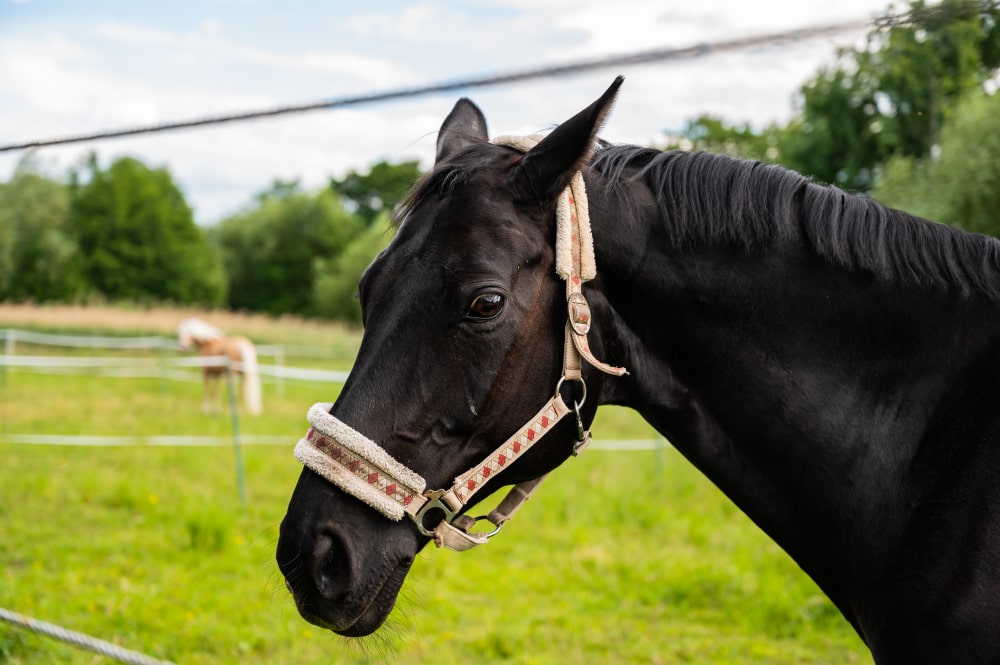
Dutch Gag Vs. Pelham: Bits ...
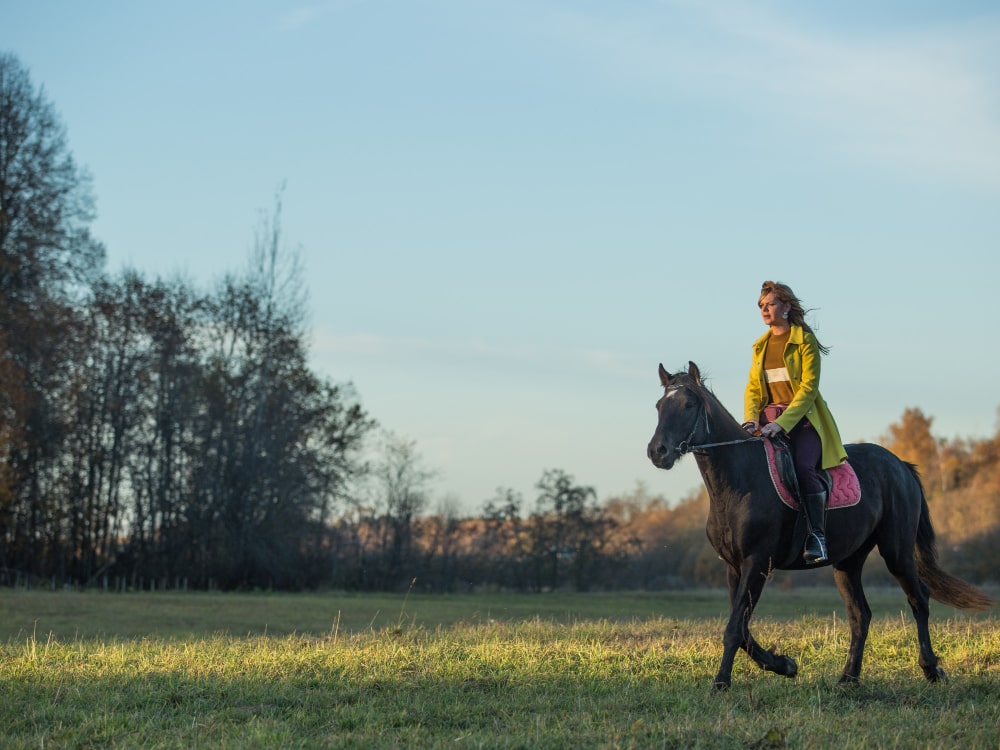
Walking Horse vs Racking Horse: ...
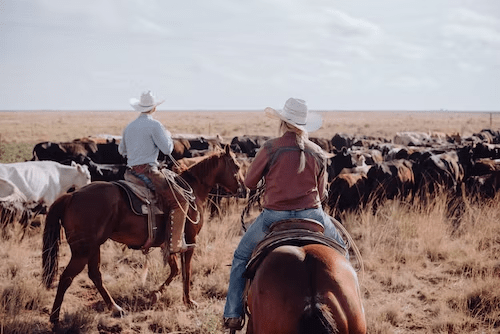
Wade vs Association Saddle: Your ...
.jpg)
Step Up vs Ramp Horse ...

Bosal vs Hackamore: A Head-...
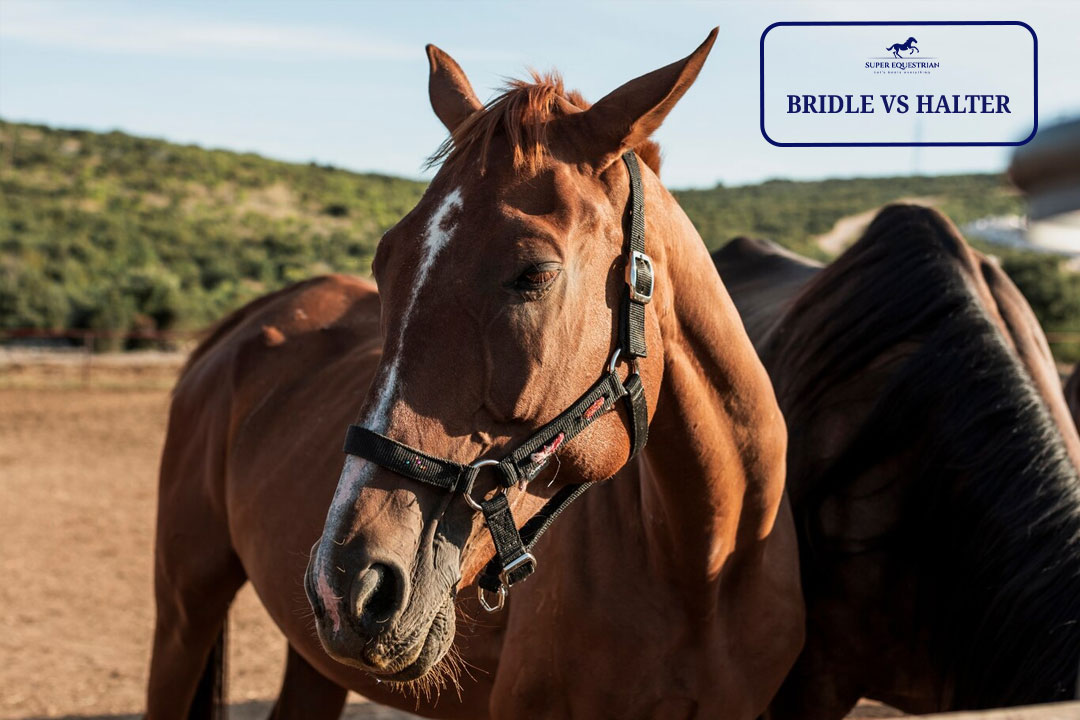
Bridle Vs Halter: Which One ...

Paddock Boots Vs Riding Boots: ...

Shadow Horse Trailer Problems: Causes, ...
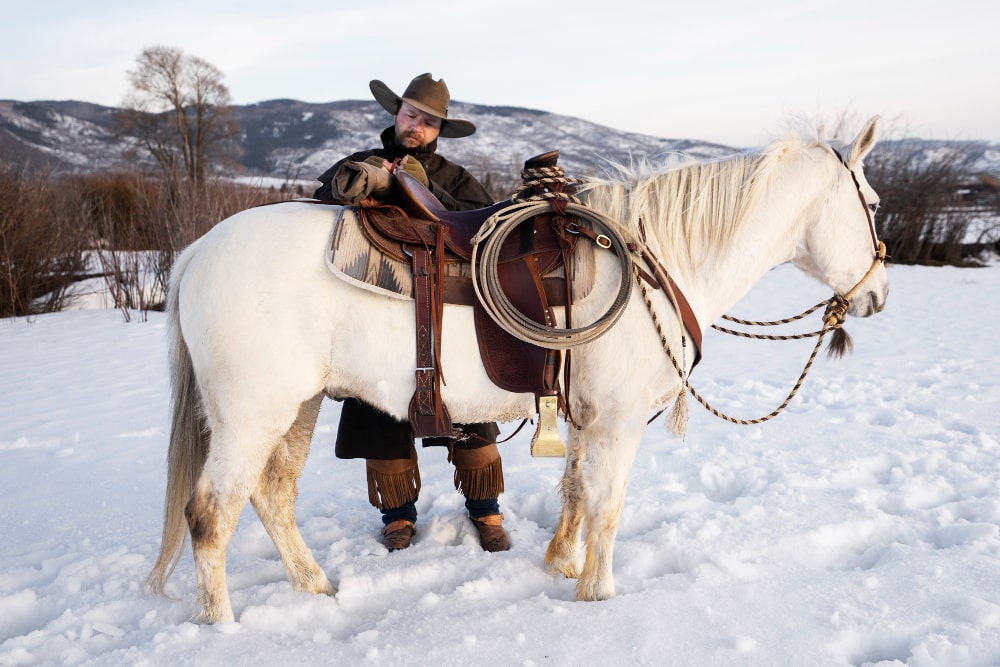
Are Billy Cook Saddles Good - ...

Let's Start at the ...
Benefits of Beet Pulp for ...
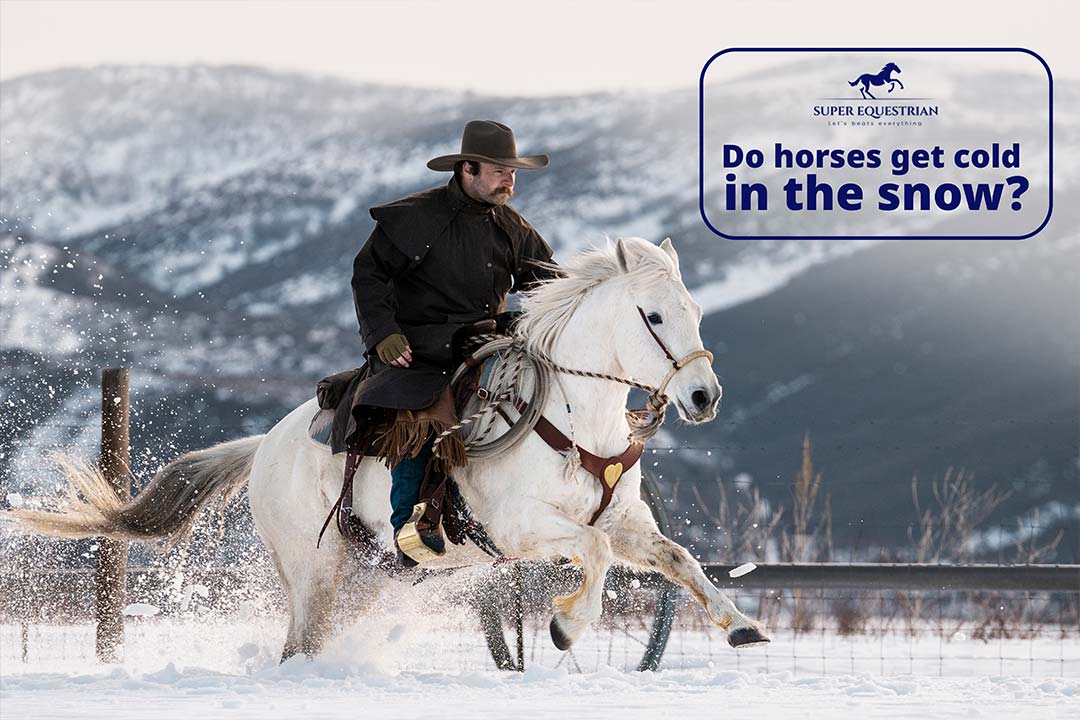
Do horses get cold in ...
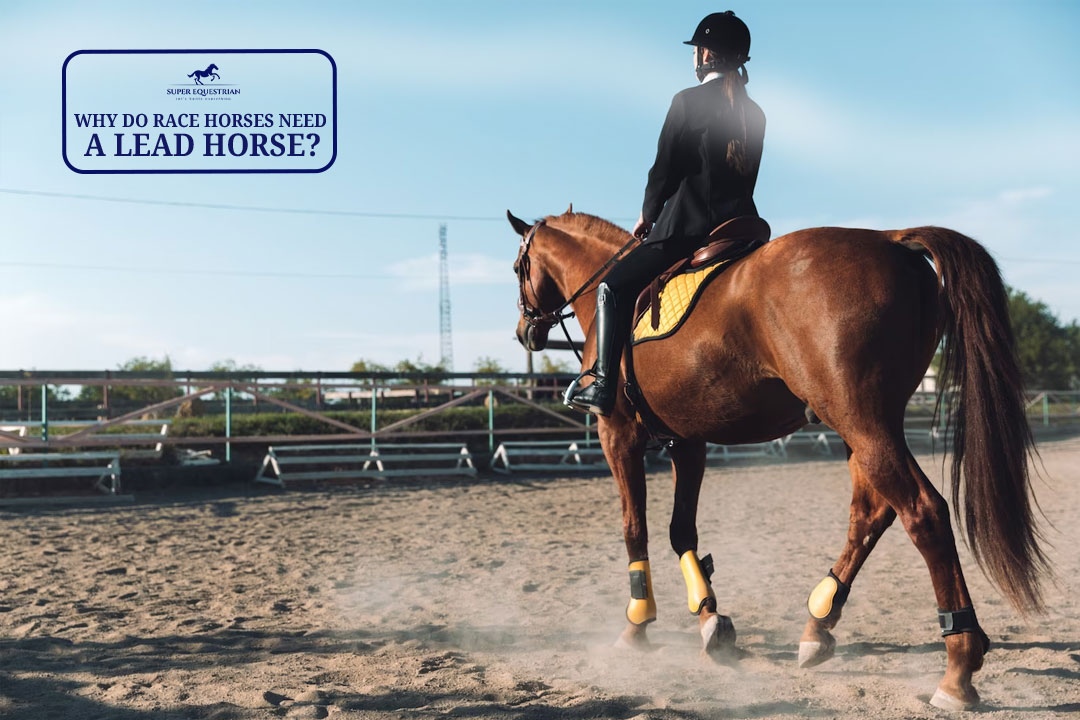
Why Do Race Horses Need ...
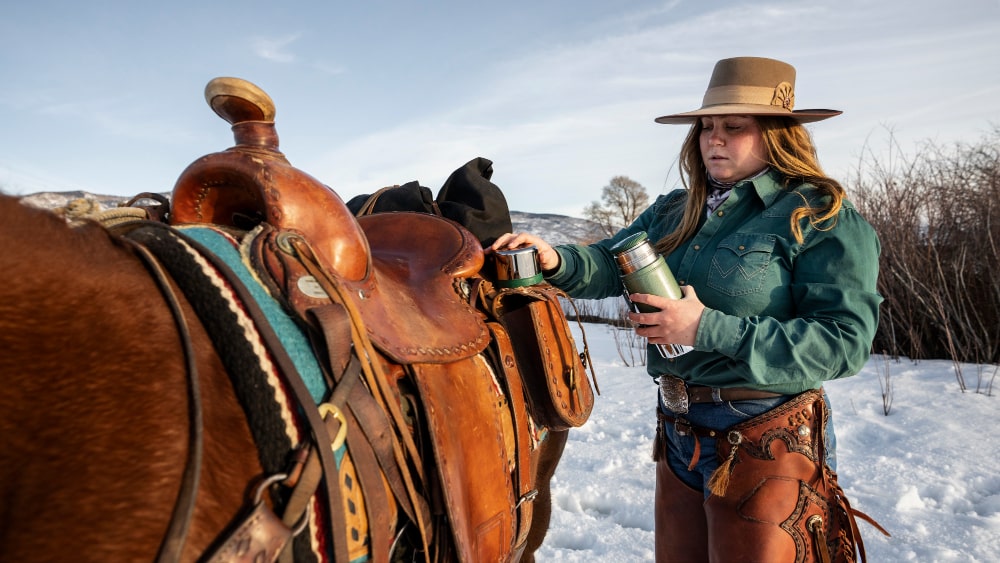
Ranch Saddle vs. Roping Saddle: ...

Round Pen vs Square Pen ...

Must Have Horse Trailer Accessories: ...
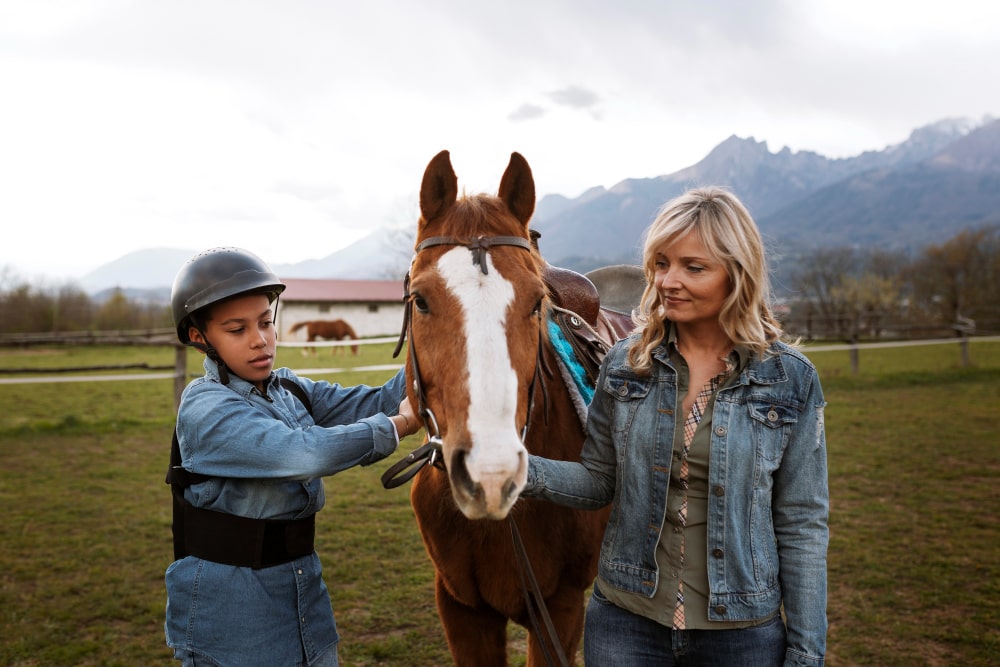
Is MIPS Worth for Equestrian?...
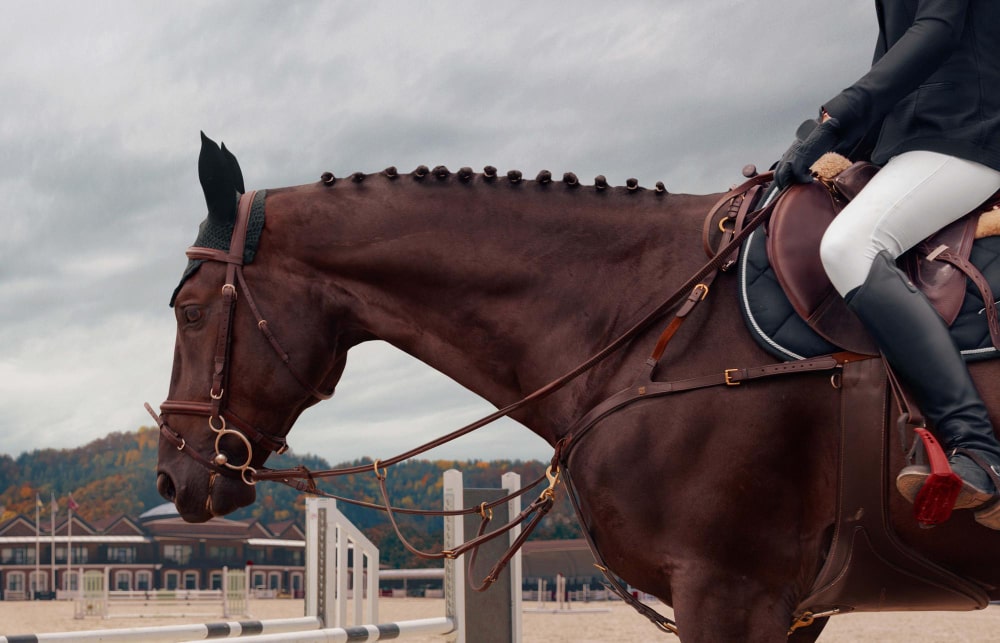
Natural Horsemanship vs Positive Reinforcement: ...

How to Mount a Horse ...
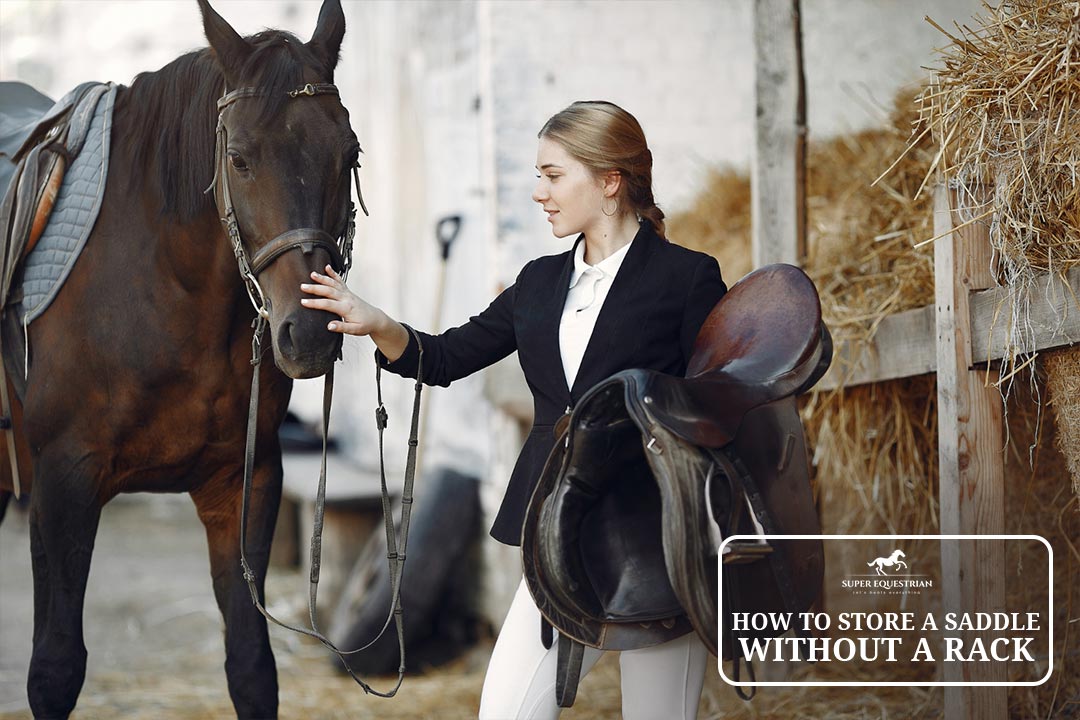
How to Store a Saddle ...
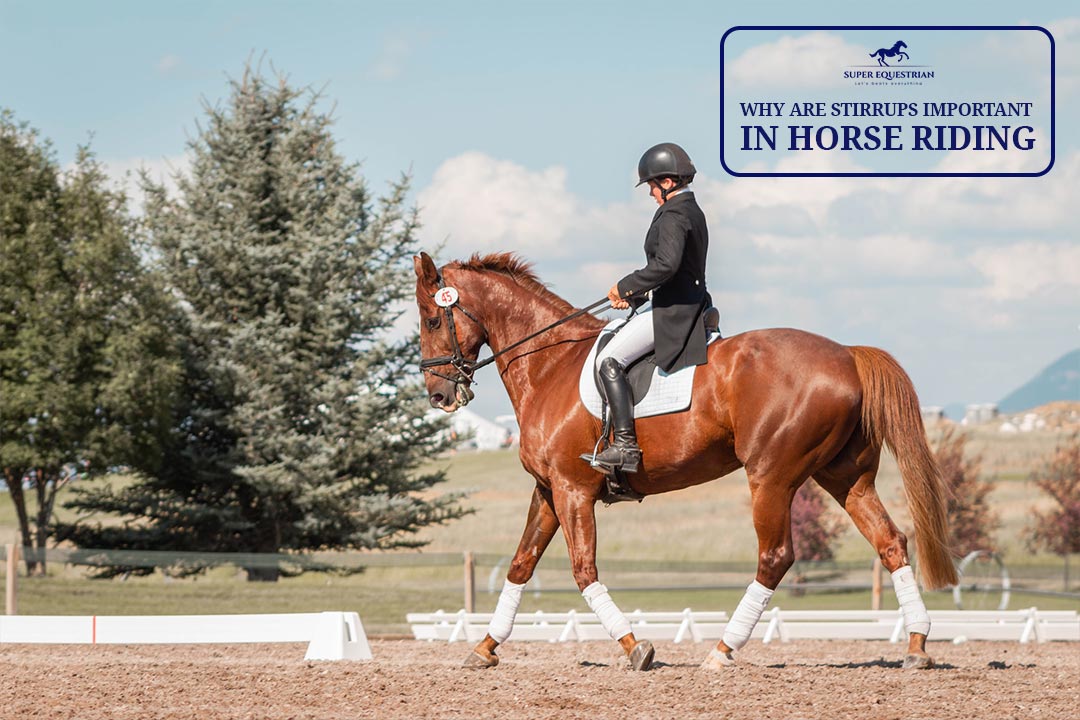
Why are Stirrups Important in ...
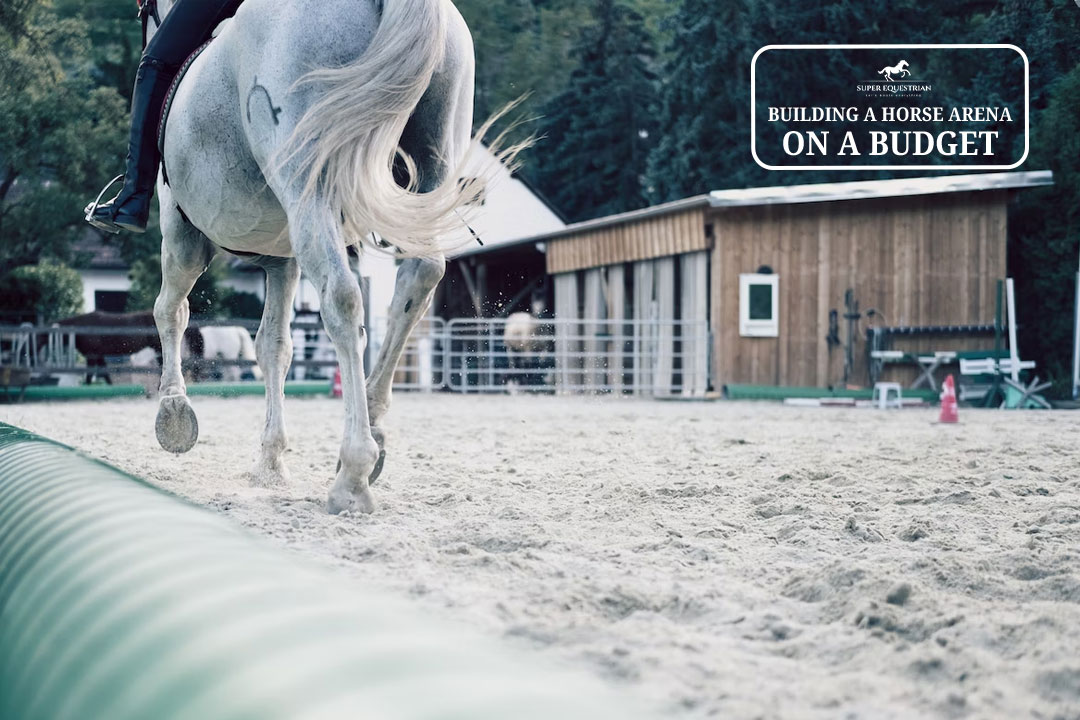
Building a Horse Arena on ...

How to Make Horse Treats ...

Order of Grooming a Horse...

Horse Riding Lessons Plan: The ...

Horse Trailer Roof Replacement and ...
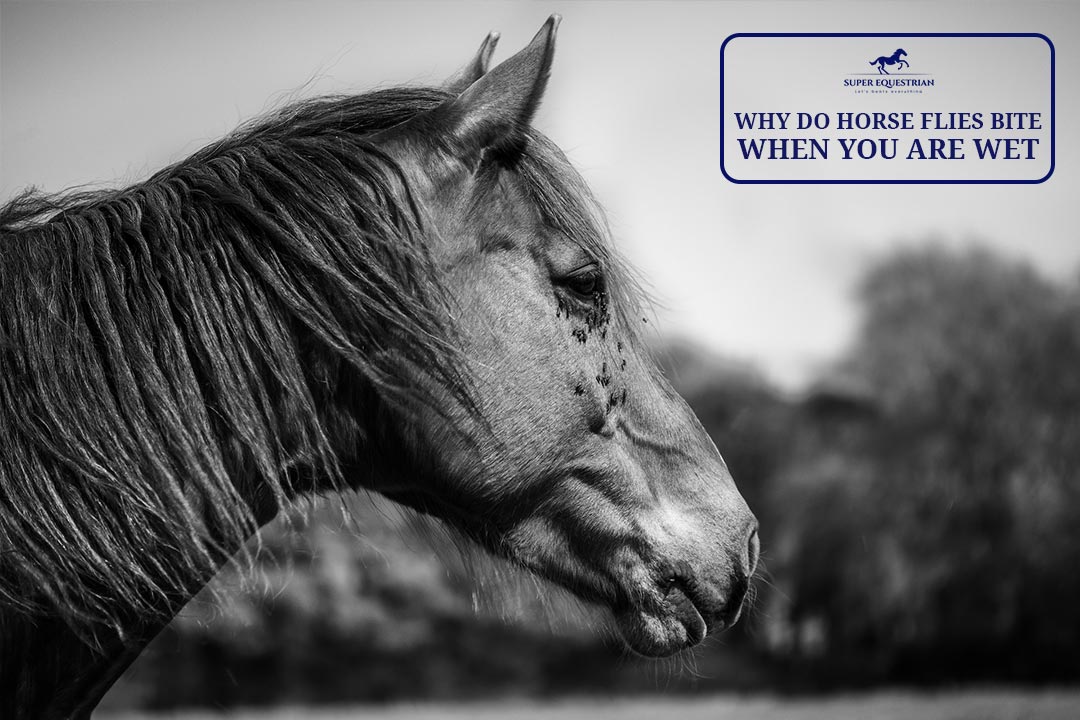
Why Do Horse Flies Bite ...

Why Do Hancock Bred Horses ...

Quarter Horse Bloodlines to Avoid...
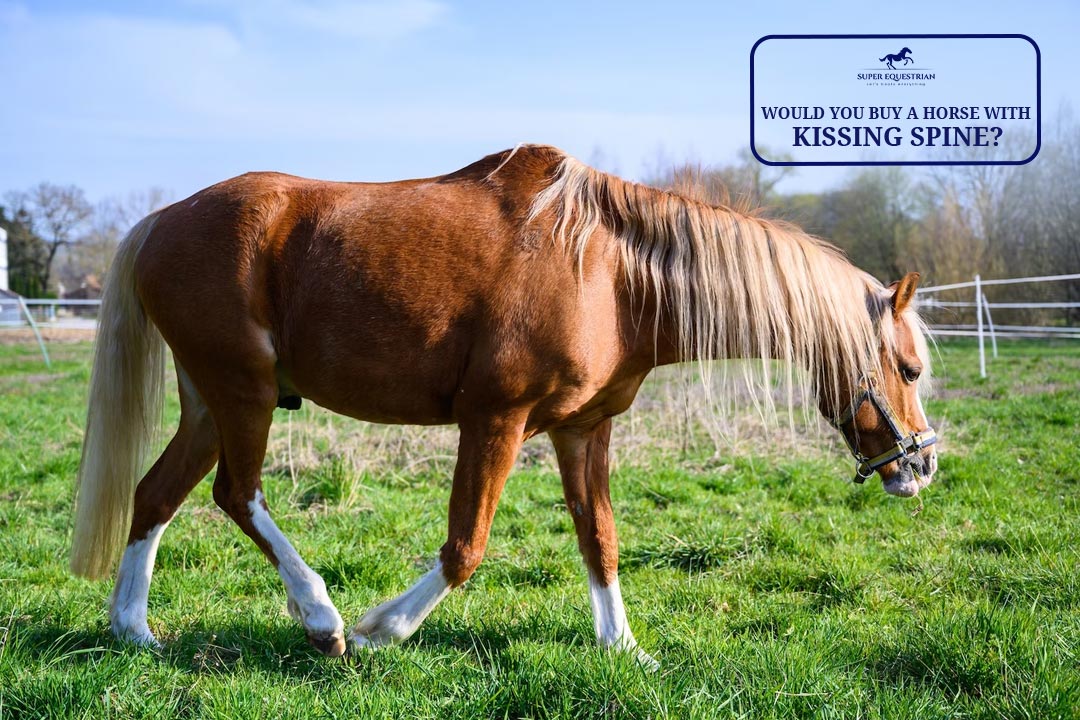
Would You Buy a Horse ...
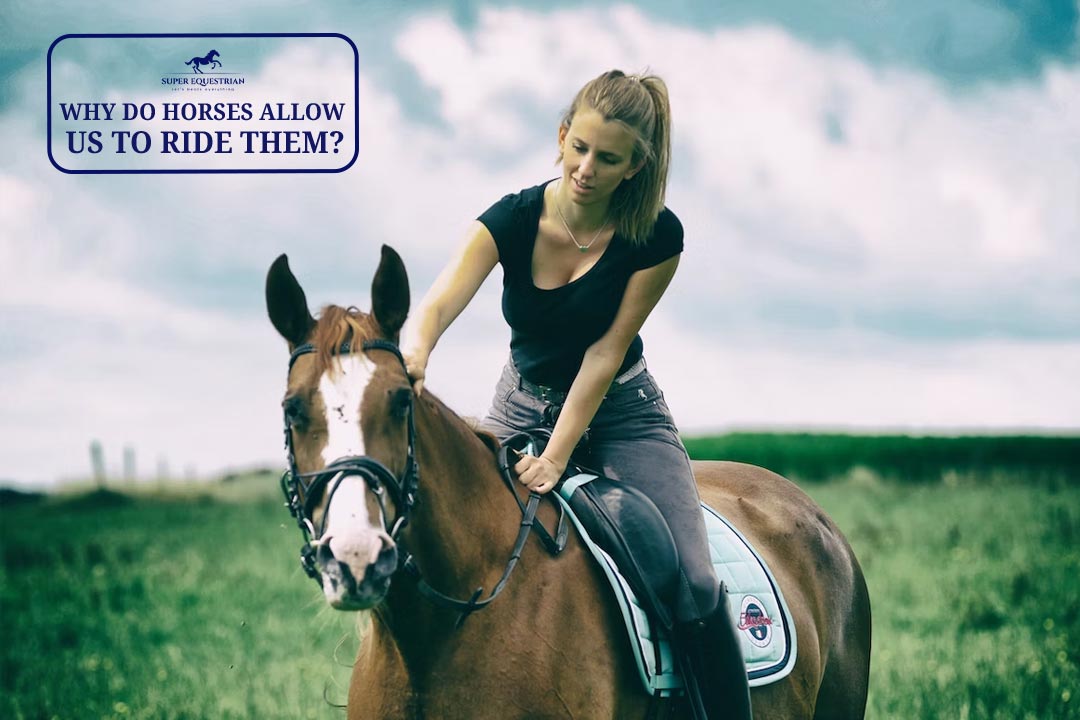
Why Do Horses Allow Us ...

Would you buy a horse ...

Why Are Klapper Bits So ...
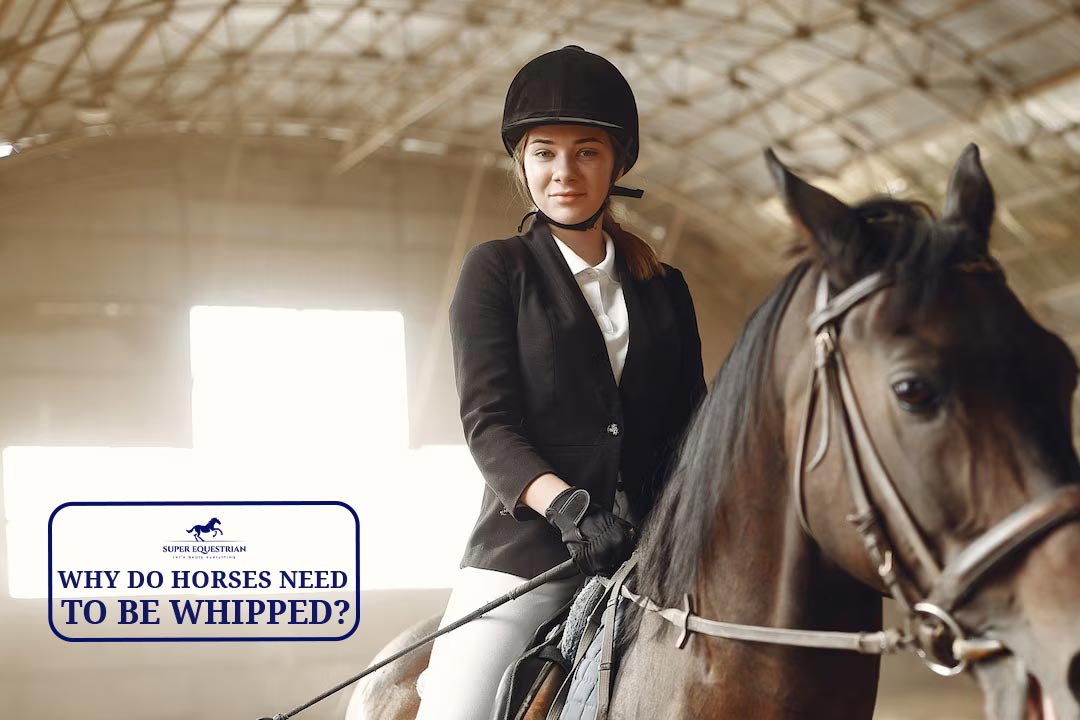
Why do horses need to ...

Why do you mount a ...
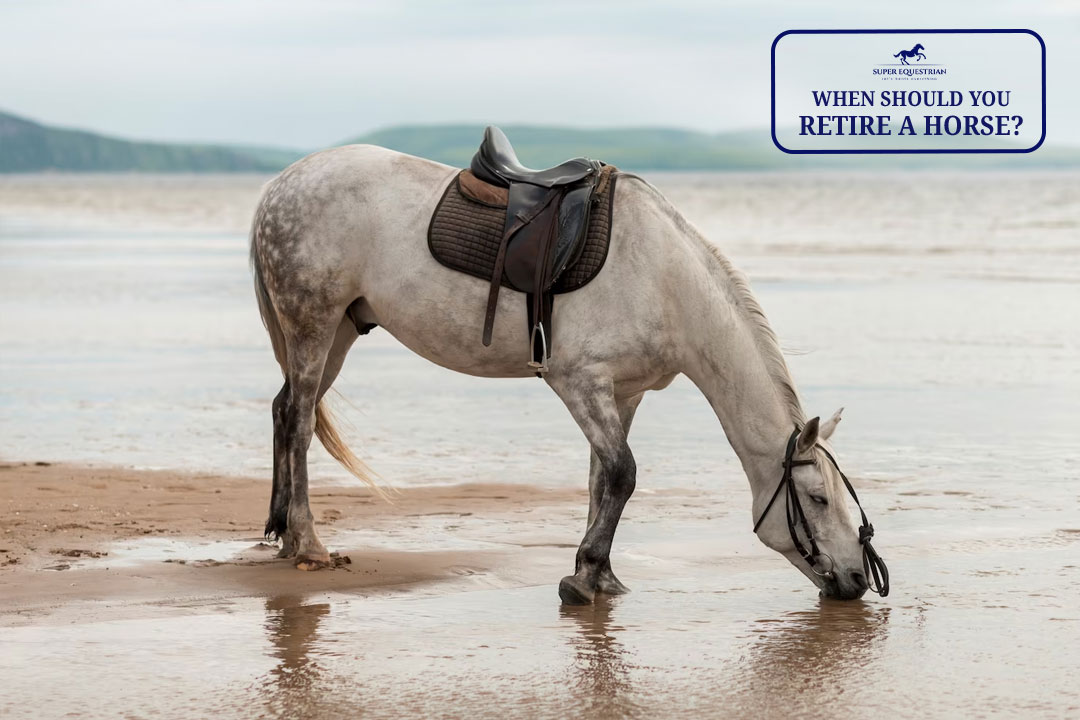
When Should You Retire A ...
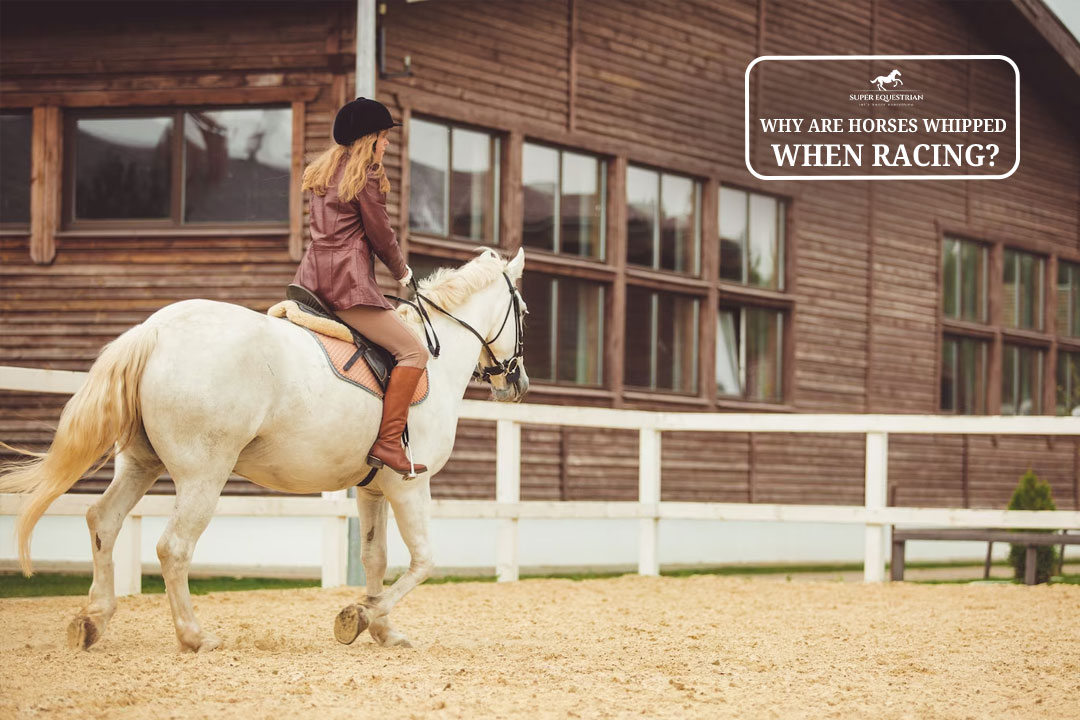
Why Are Horses Whipped When ...
.jpg)
Why Do Horses Have A ...
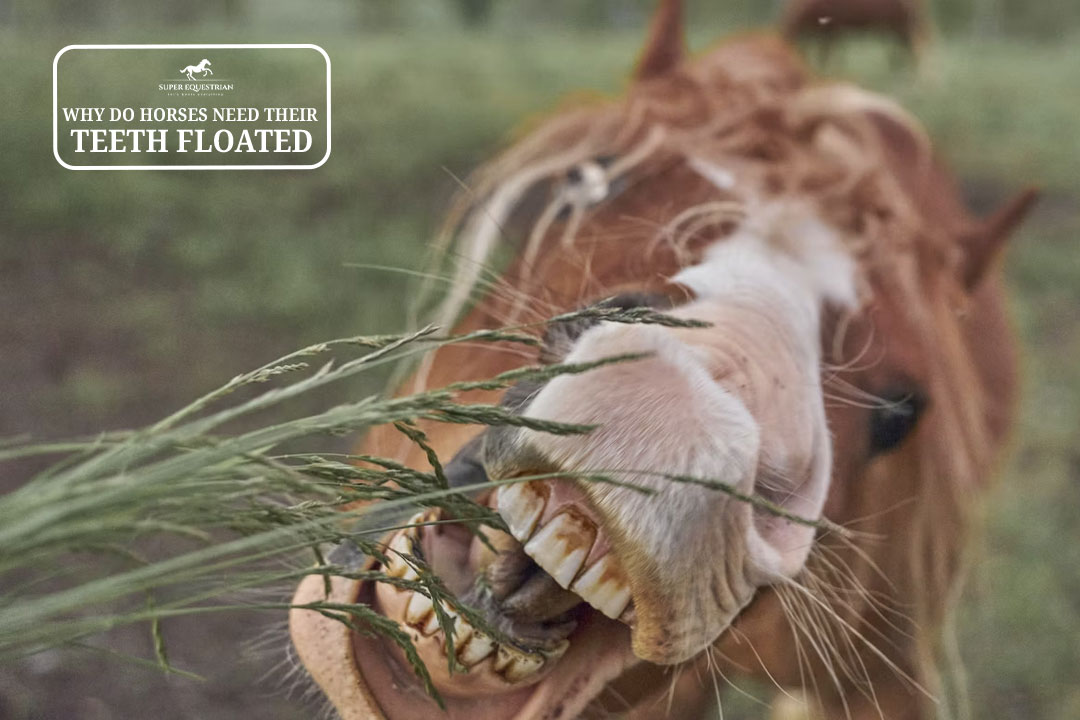
Why Do Horses Need Their ...

What To Do If Horse ...

What To Do If A ...
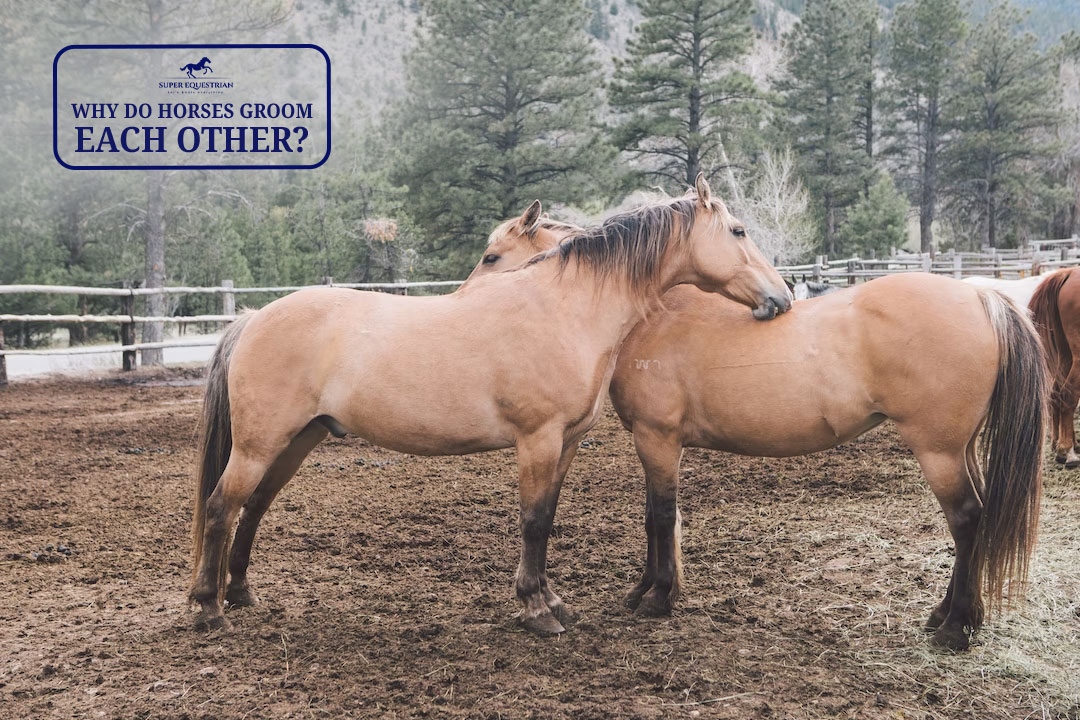
Why do horses groom each ...
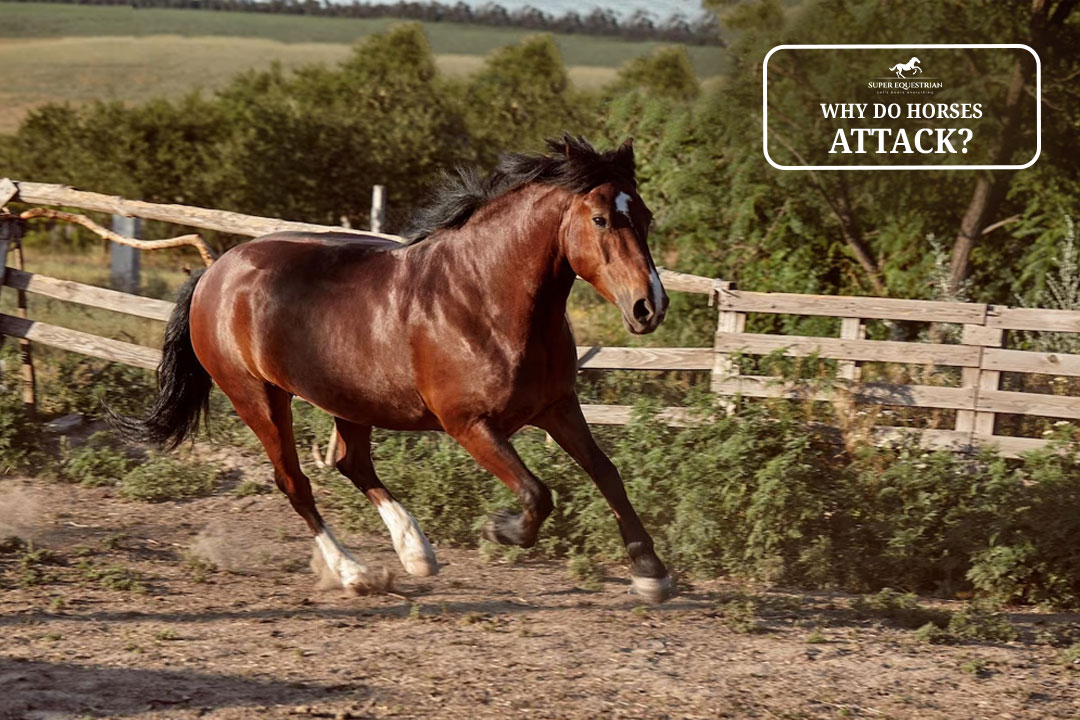
Why do horses attack...

Should I Use a Martingale ...

How to fit bell boots ...

How To Keep Horse Stalls ...
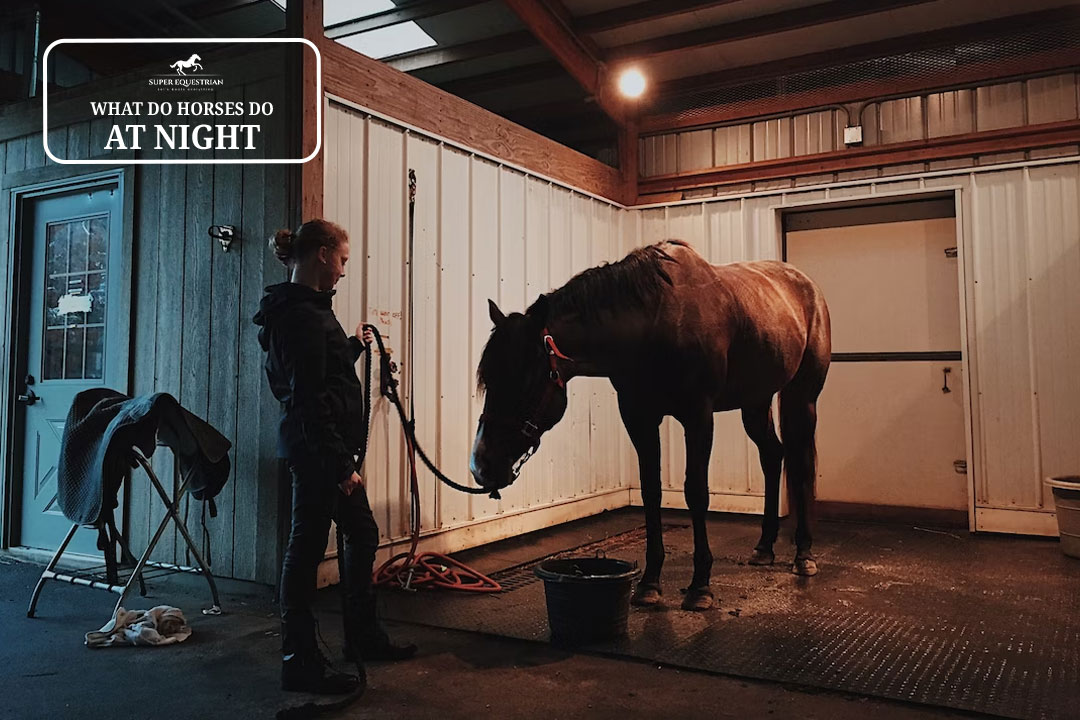
What Do Horses Do At ...
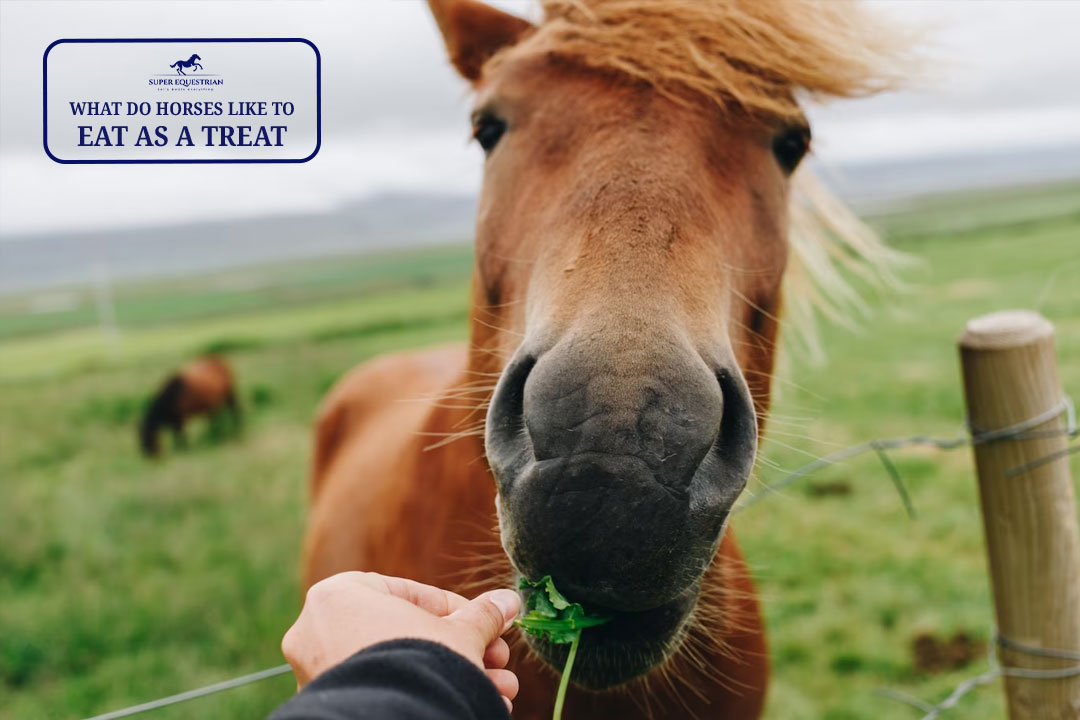
What do horses like to ...

Why do wild horses get ...
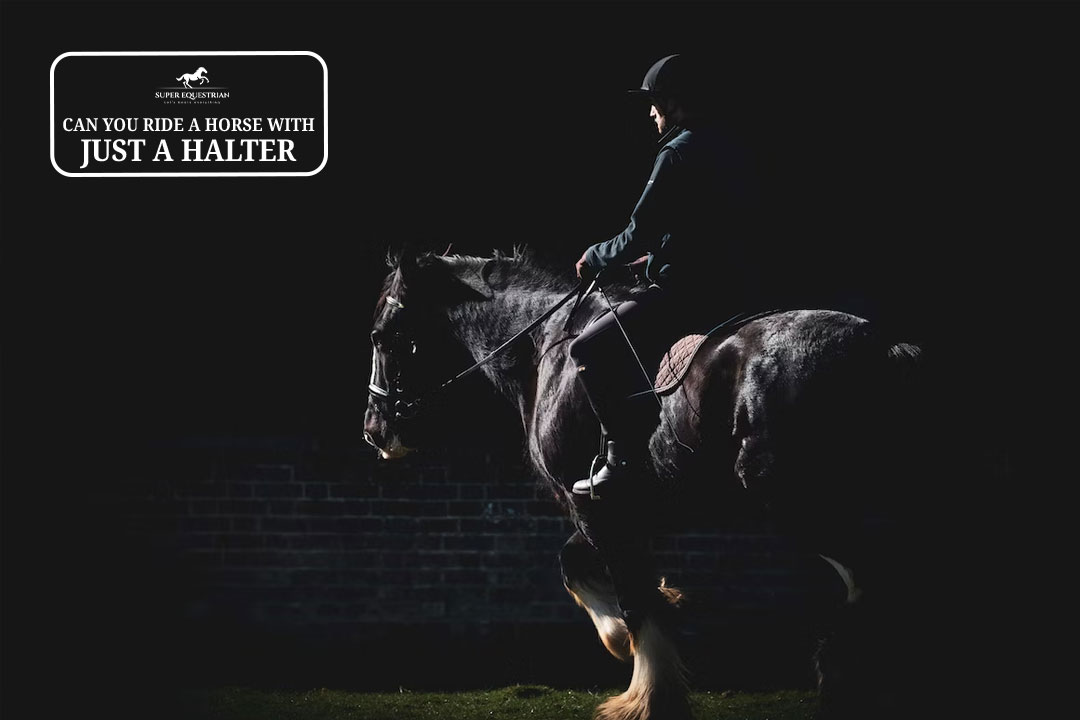
Can you ride a horse ...
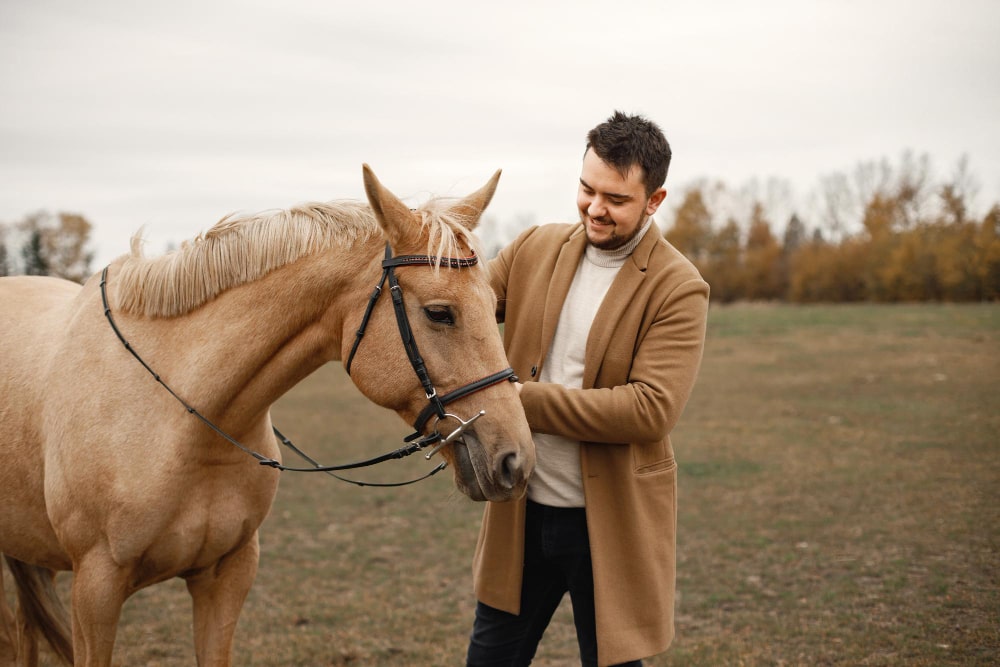
Are horses protective of their ...
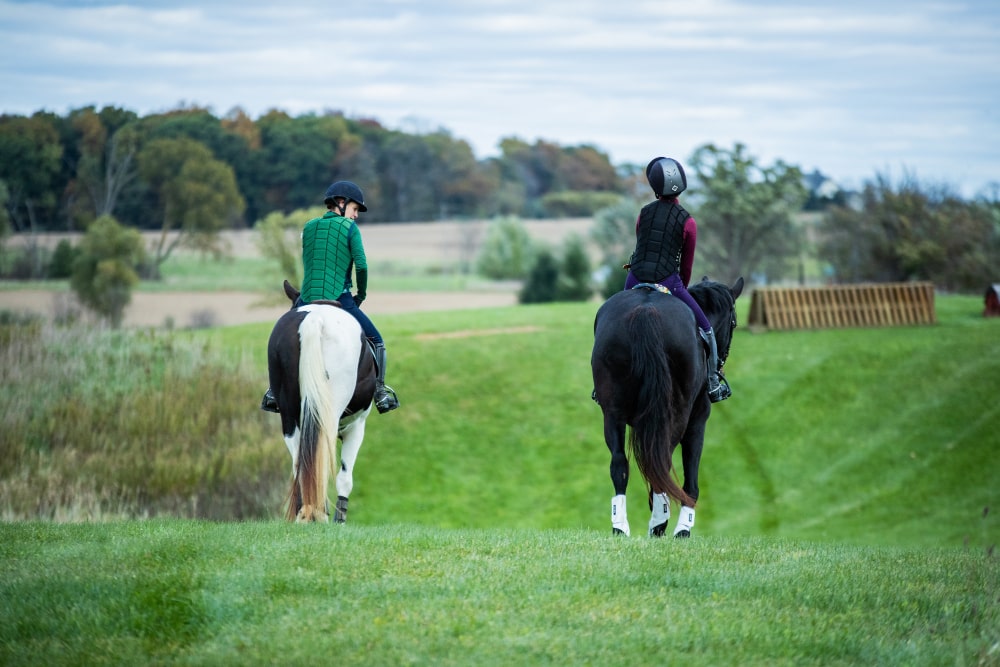
Why racking horses are popular ...
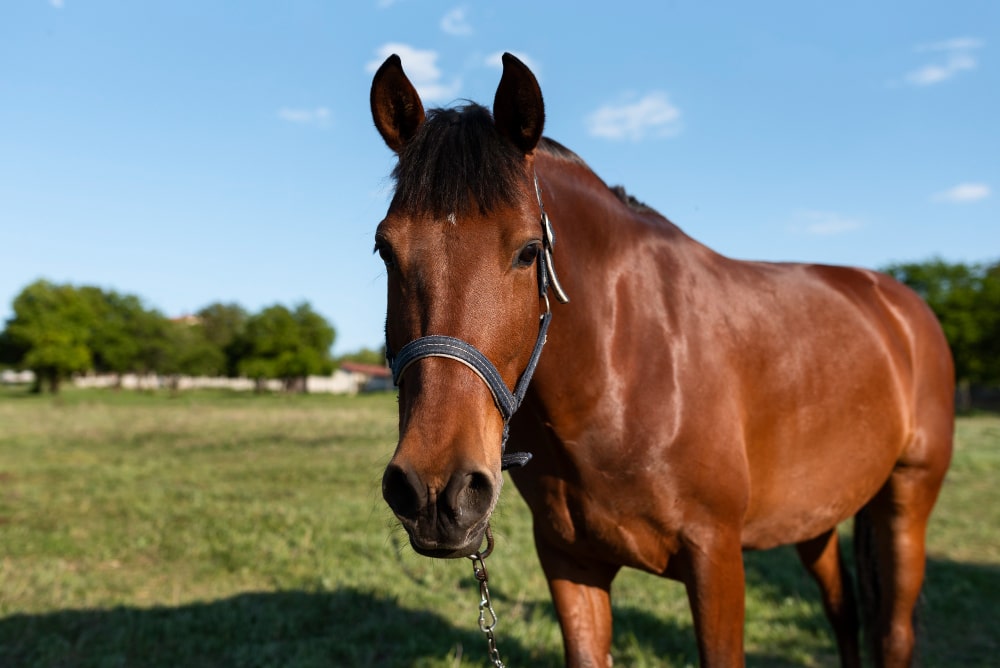
How To Keep Horses Off ...
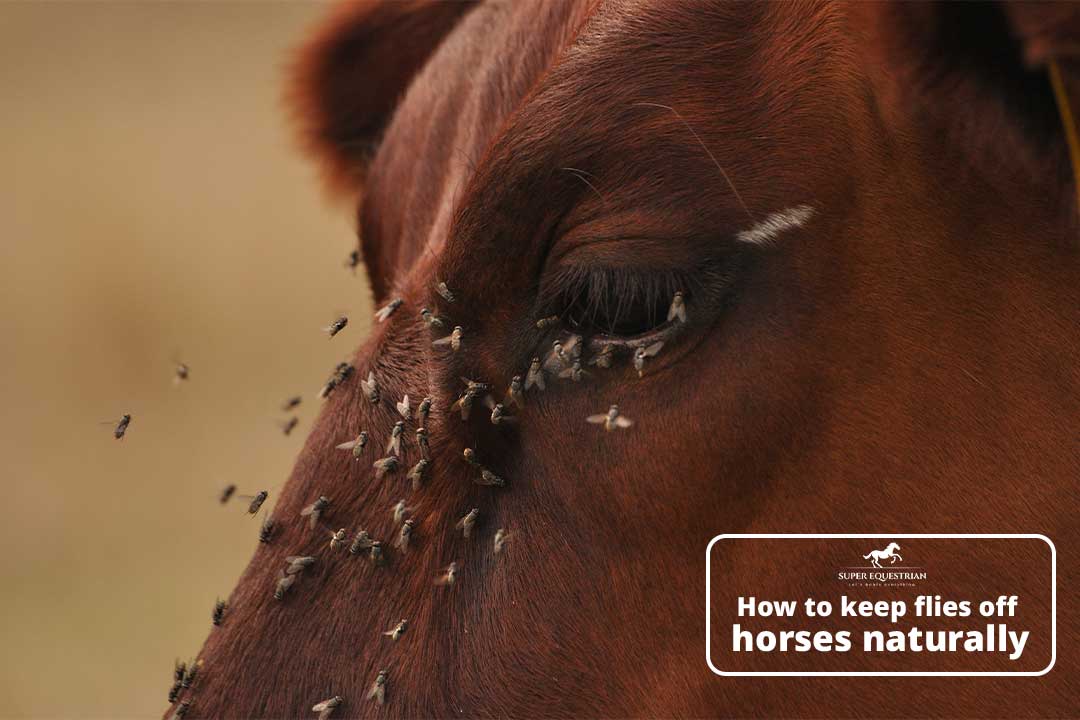
How to Keep Flies Off ...
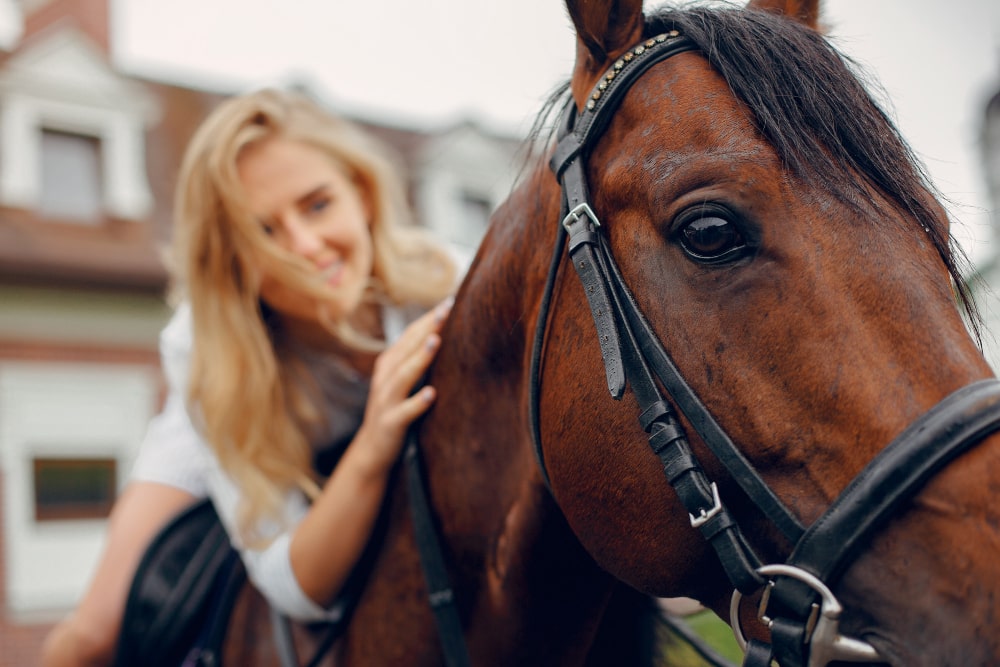
Pros and Cons Using A ...
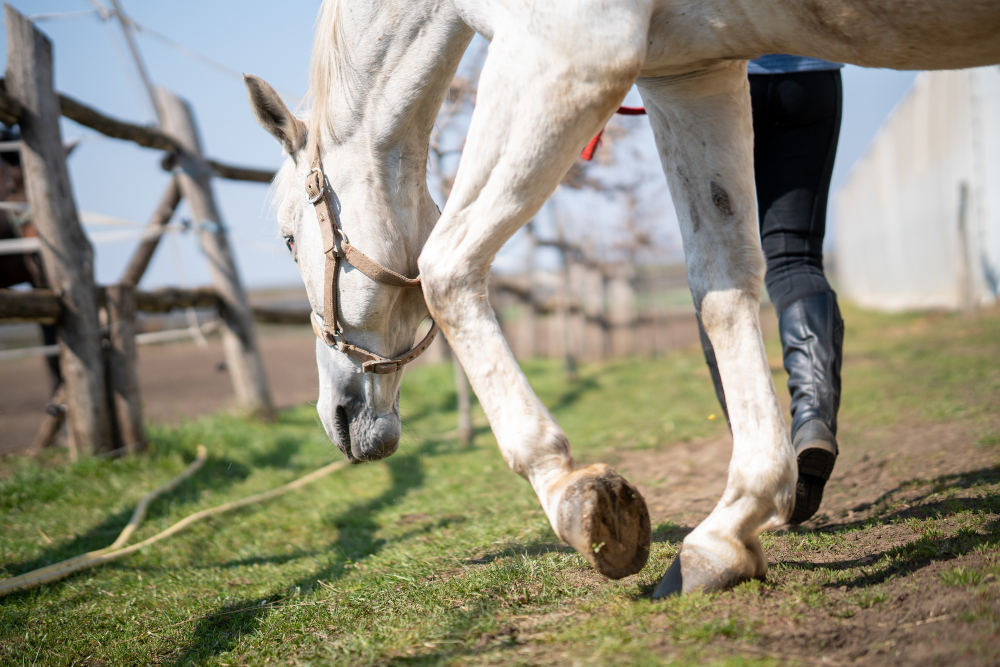
Can you ride a horse ...

Why are Corriente saddles so ...
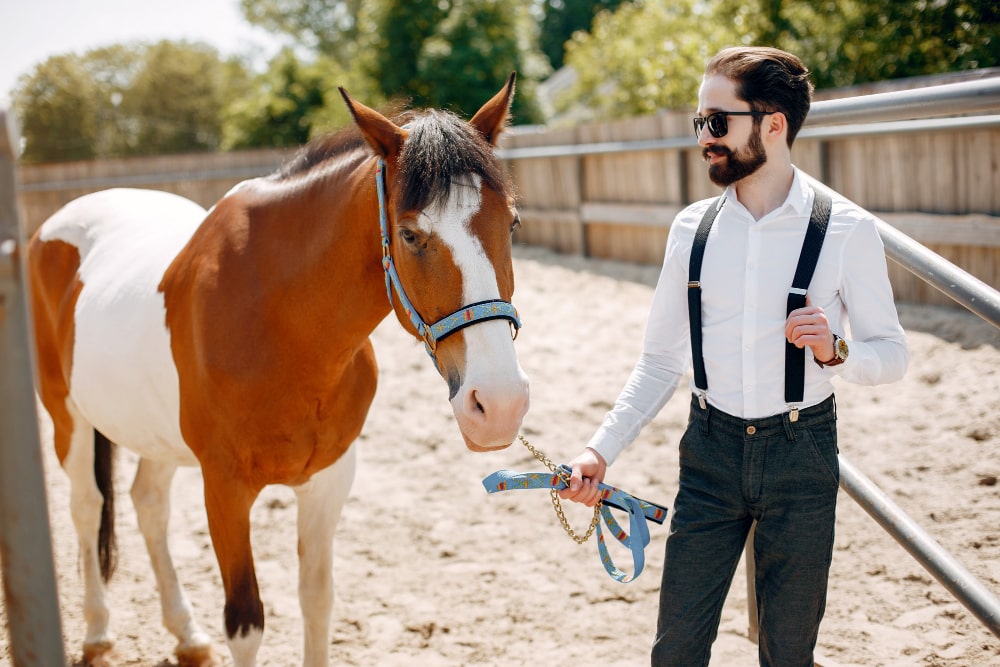
Pros and cons of equine ...
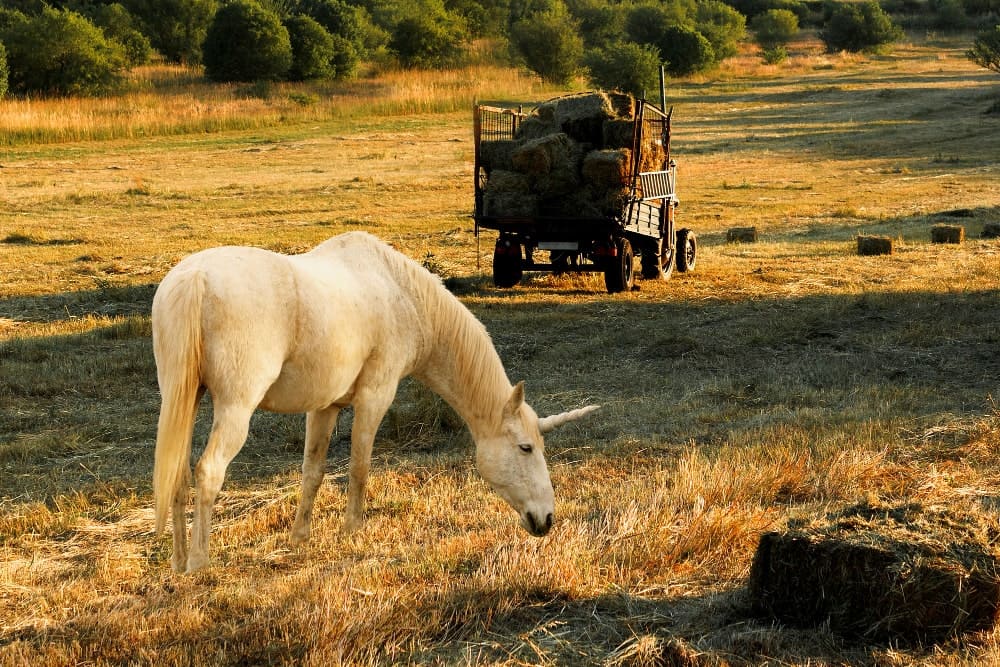
How Long After Mowing Can ...

How to Care for a ...
.jpg)
Why Do Horses Wear Blinders: ...
.jpg)
How to fit an exercise ...

Why is my horse bucking ...
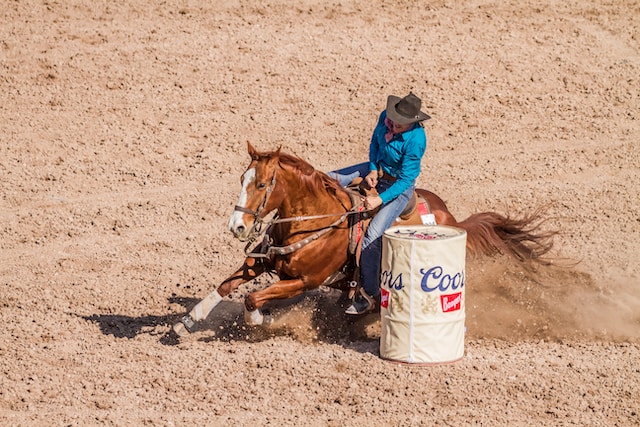
What causes a horse to ...

How to Stop a Horse ...
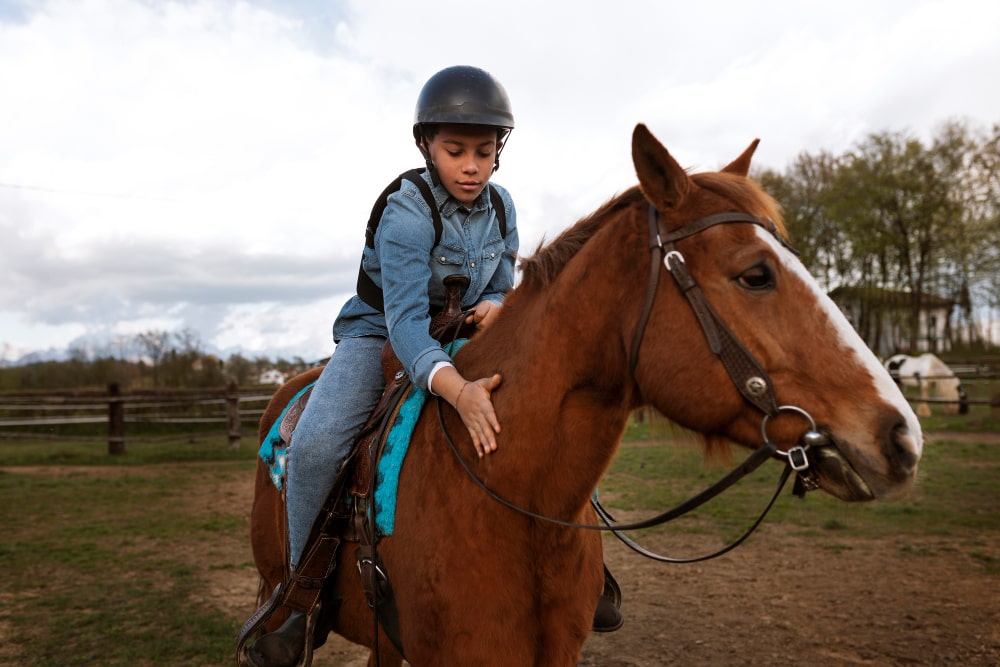
Why Is My Horse Bunny ...

How To Improve Pasture For ...
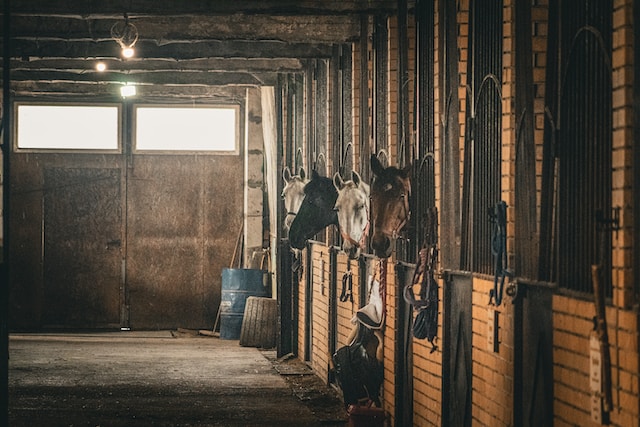
How to get the smell ...

Can you add ramp to ...

What Is The Temperament Of ...
.jpg)
Why Is Friesian Horse Hair ...
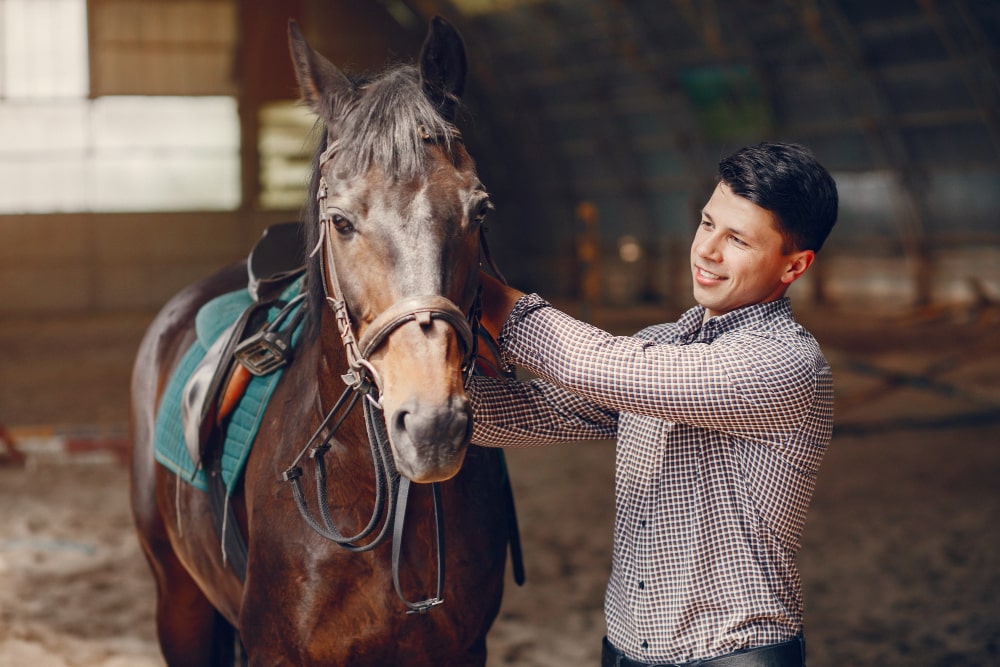
Why is my horse testing ...
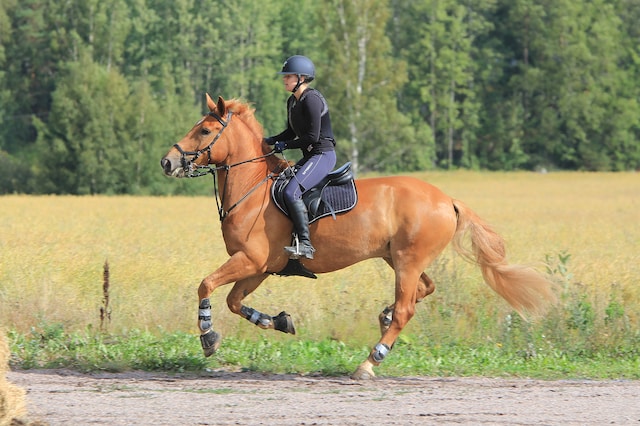
How often you should take ...
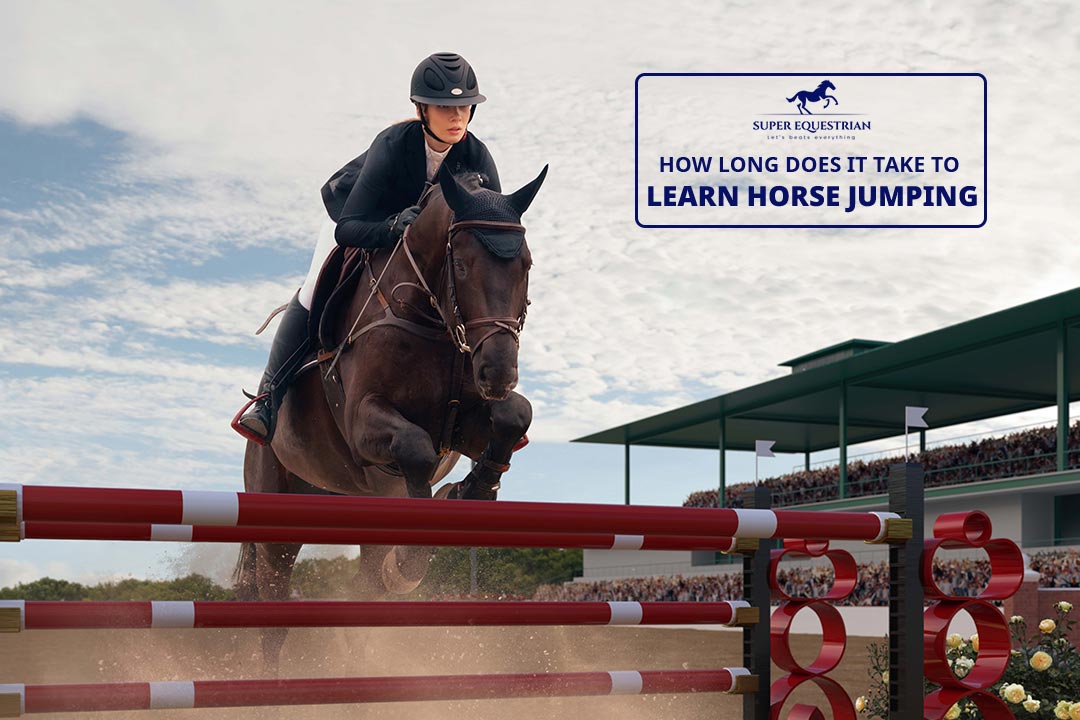
How long does it take ...
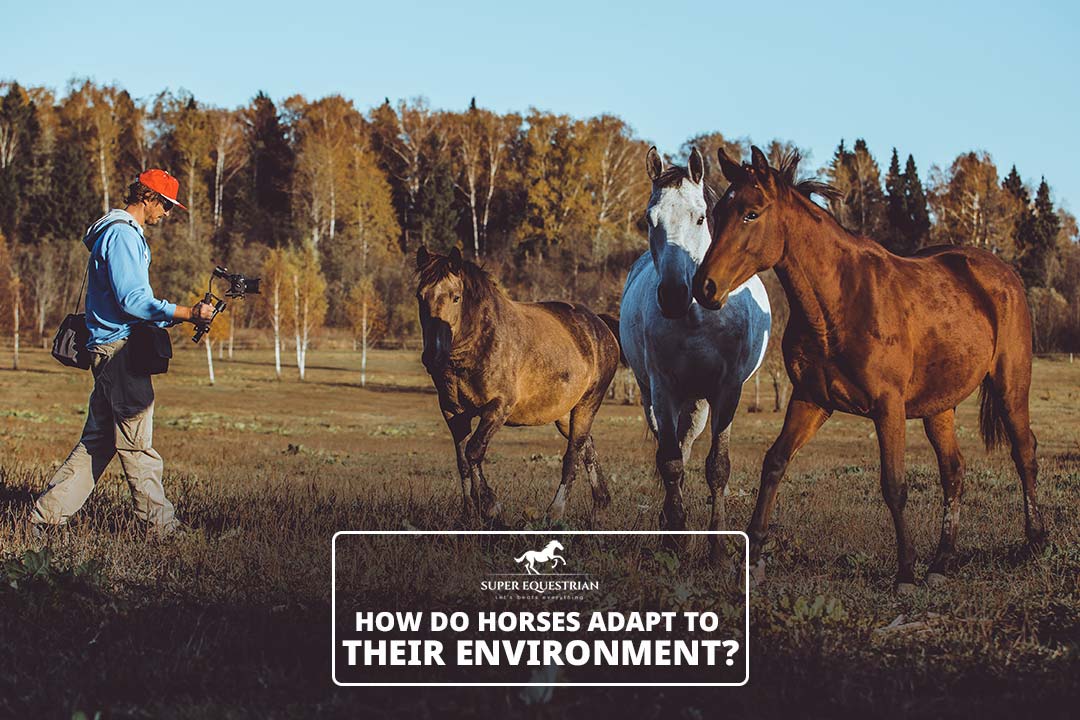
How do horses adapt to ...

How To Prepare For A ...
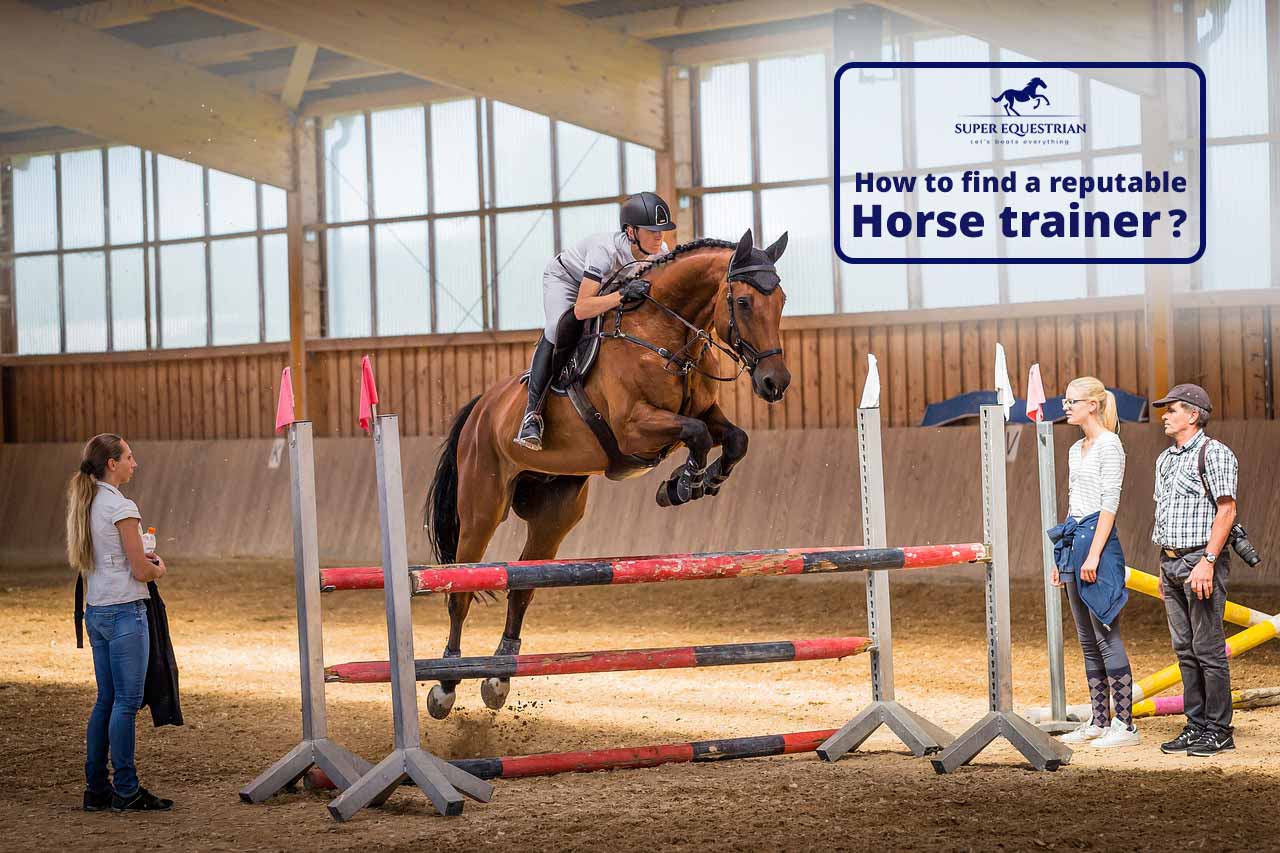
How To Find A Reputable ...
.jpg)
Do Horses Get Medals at ...

How to create a horse-...